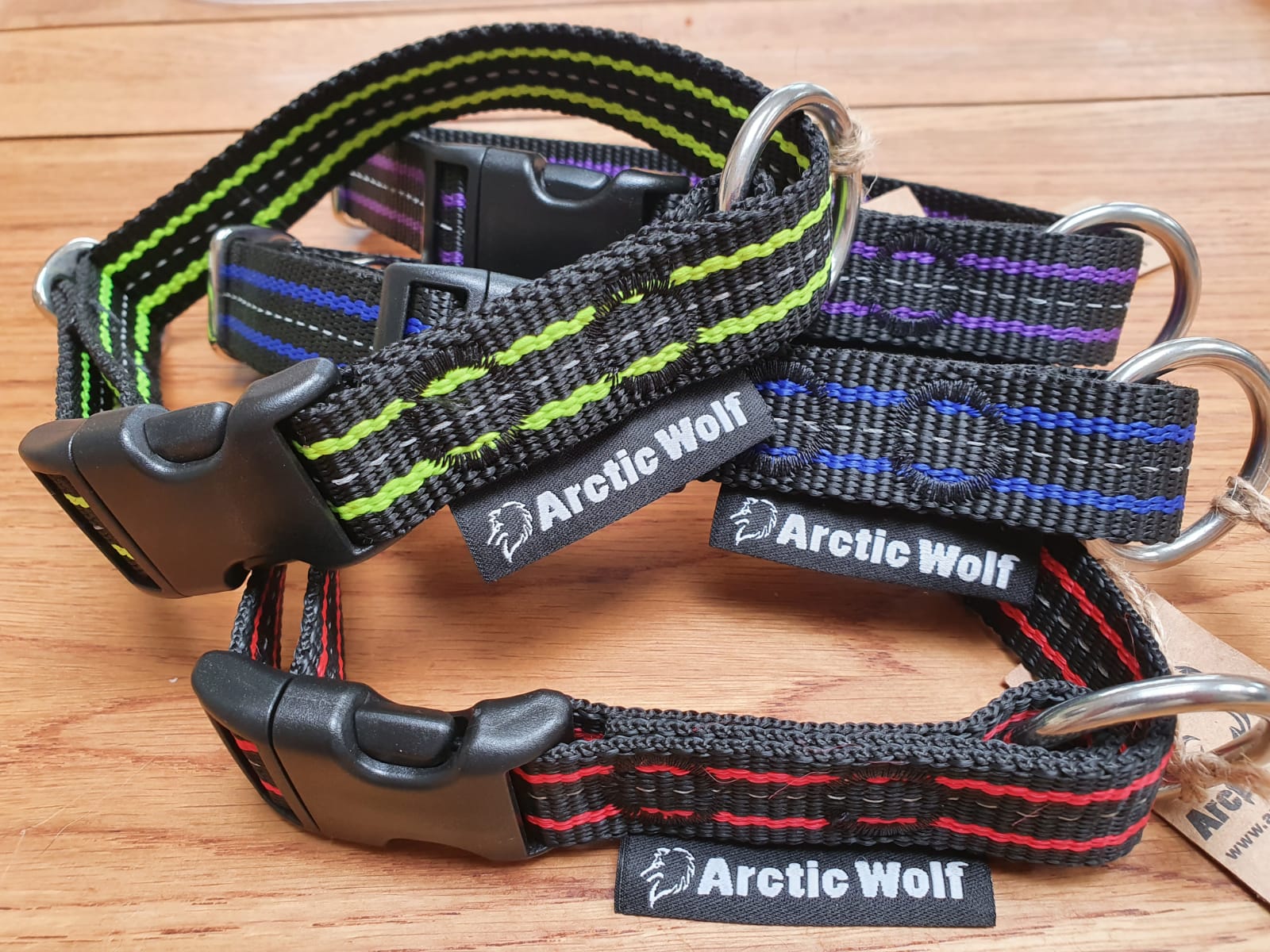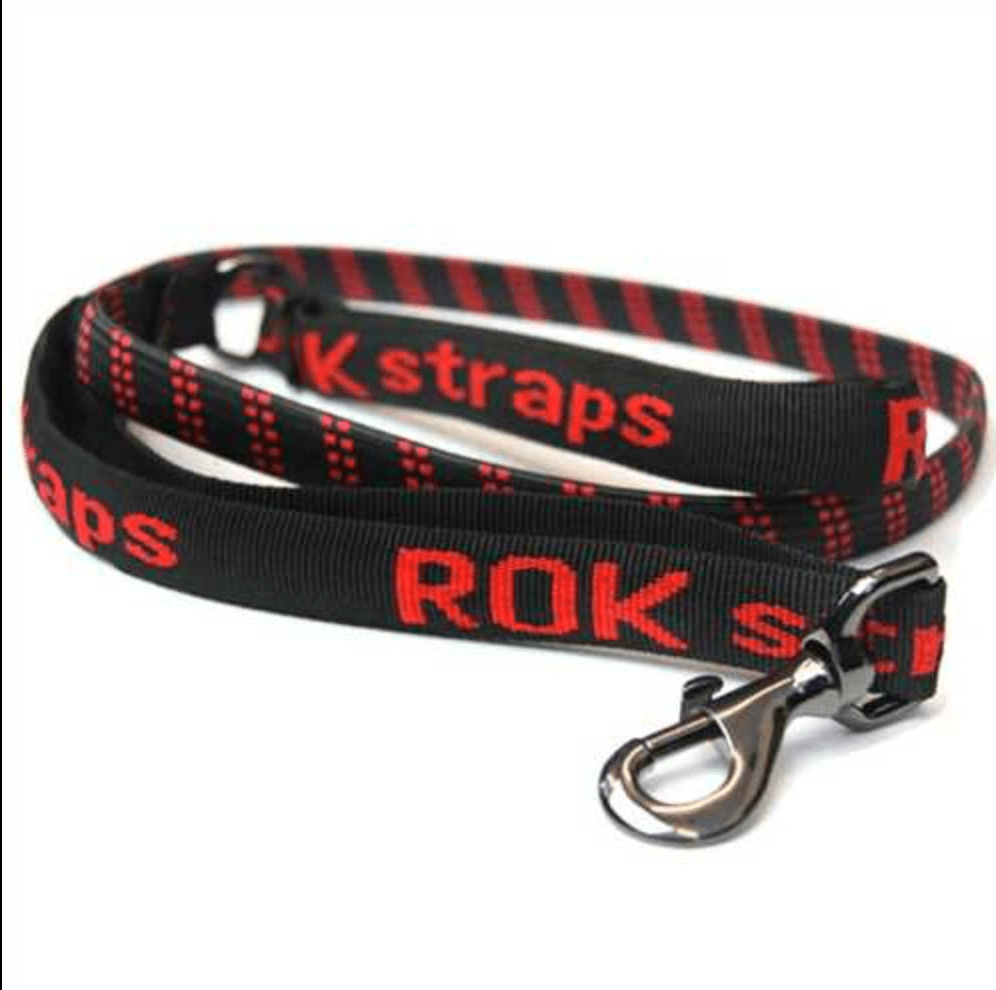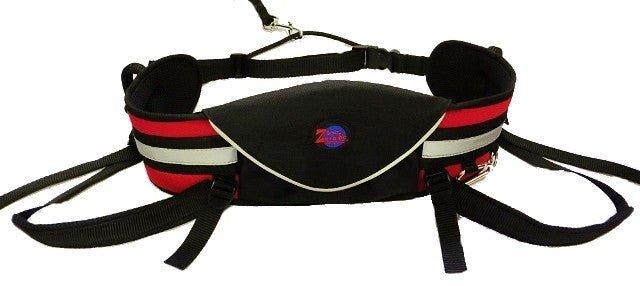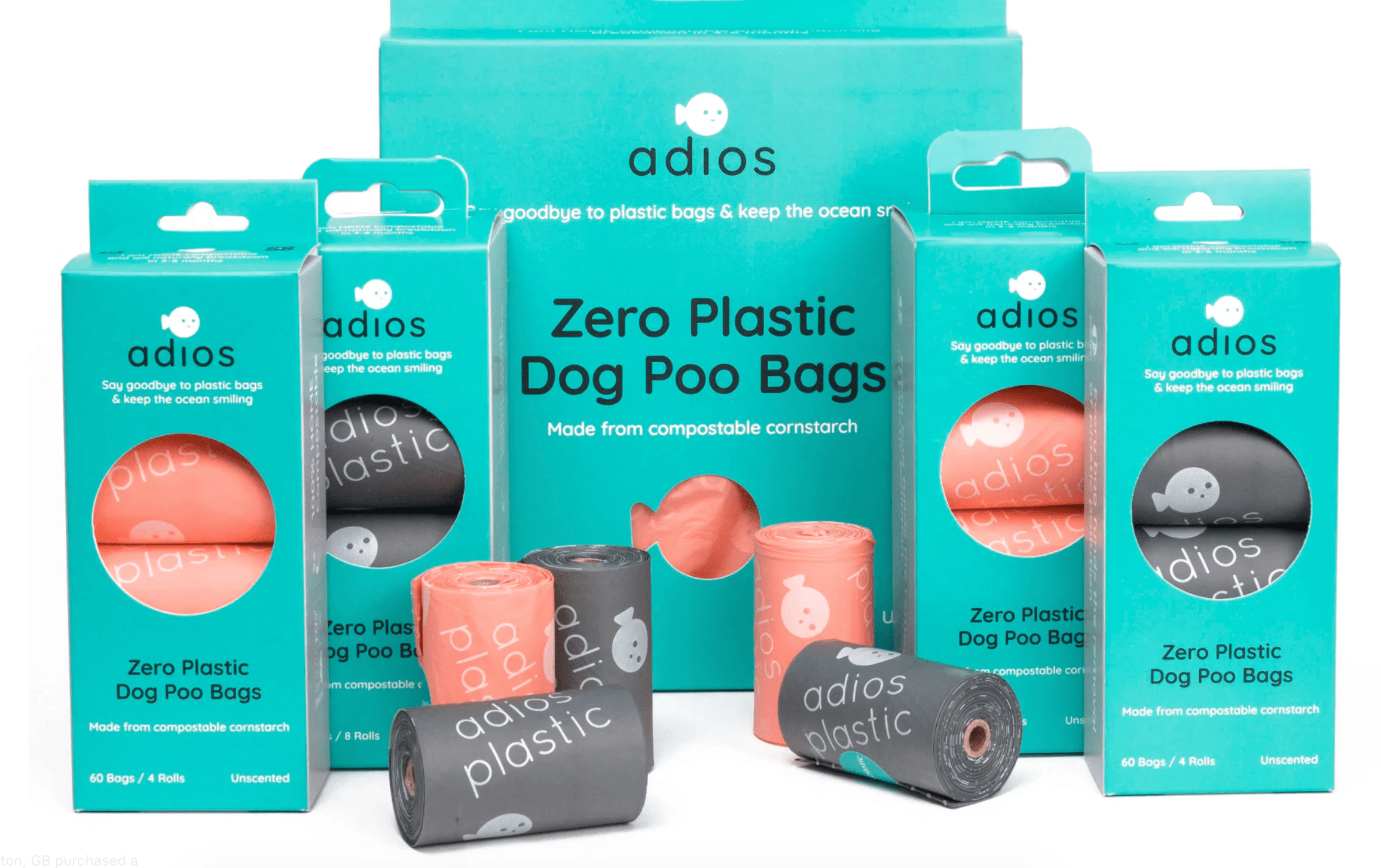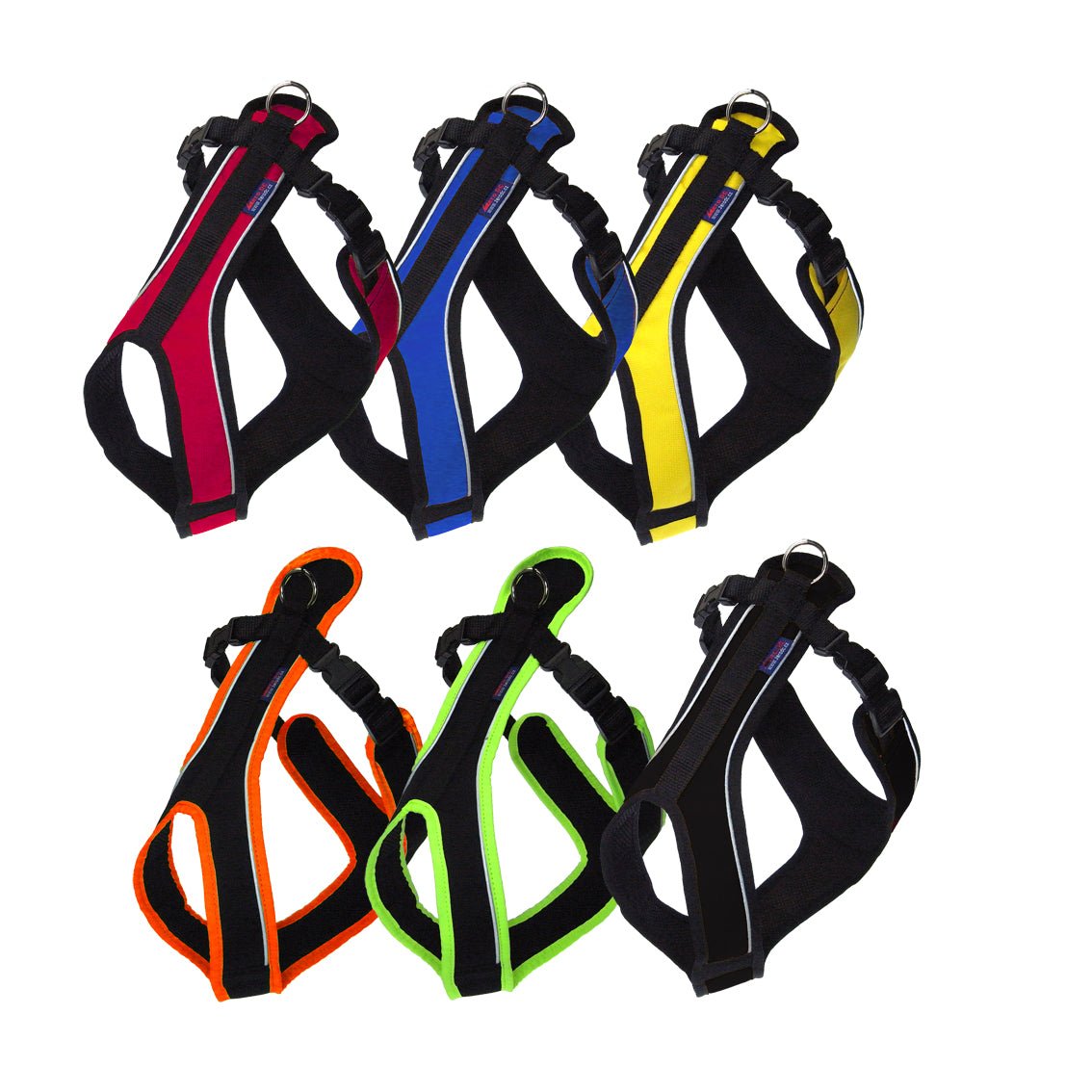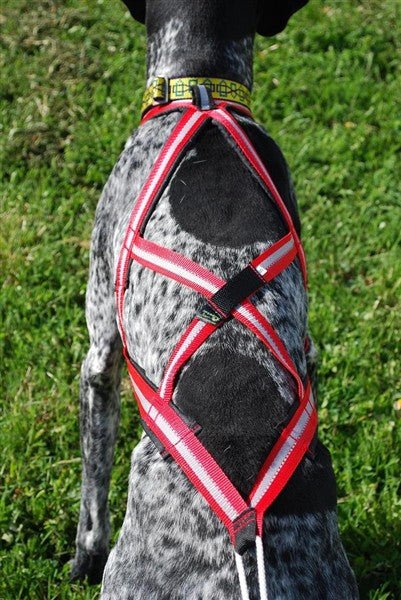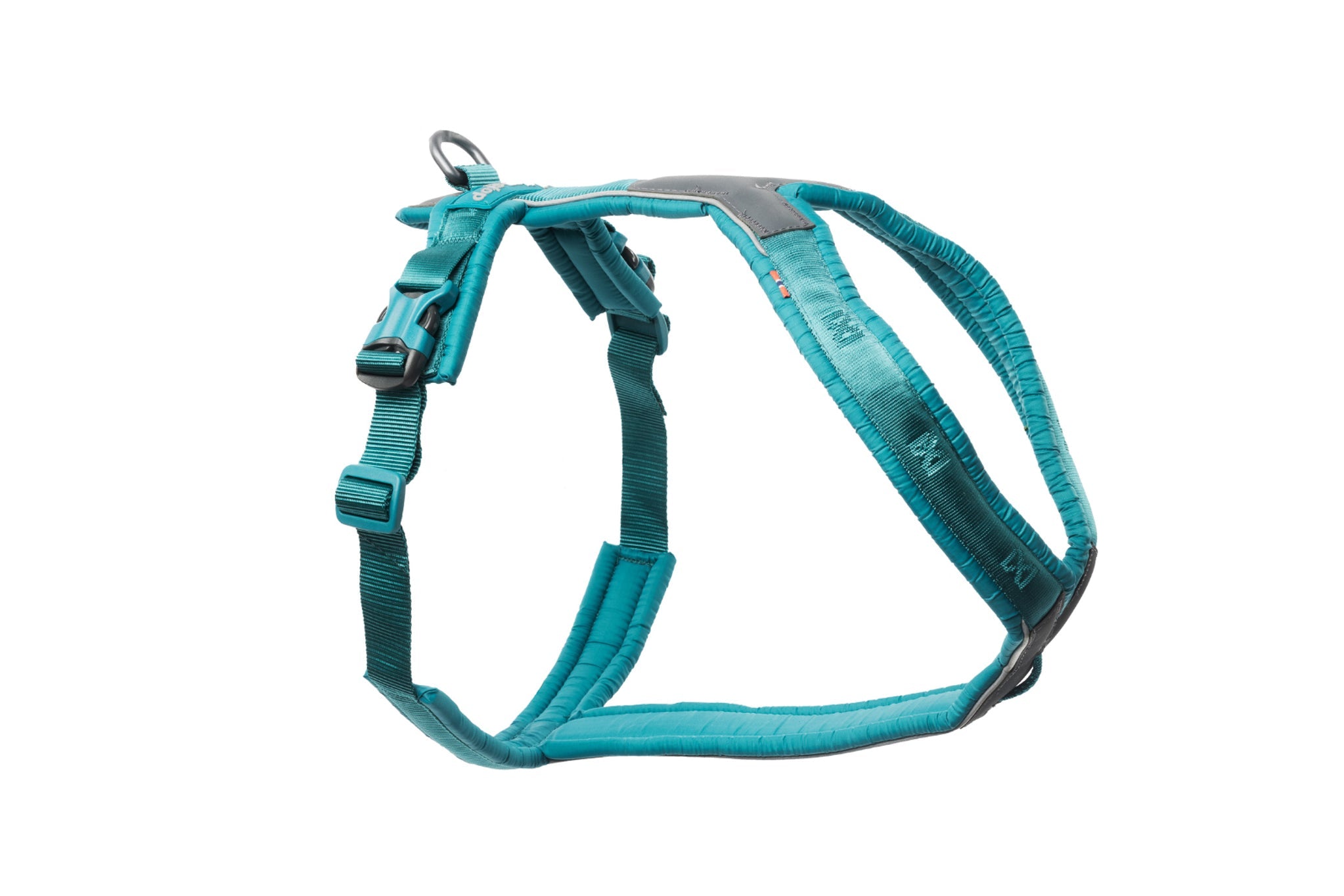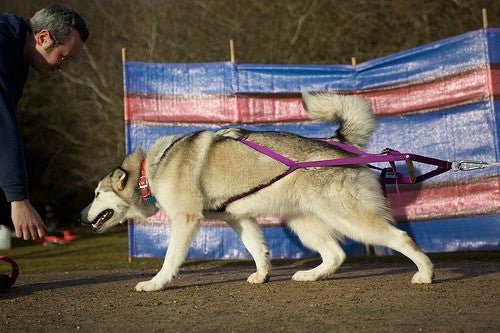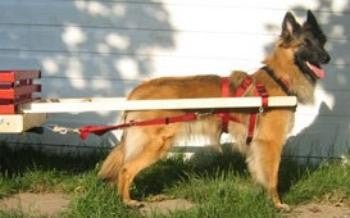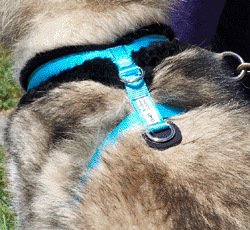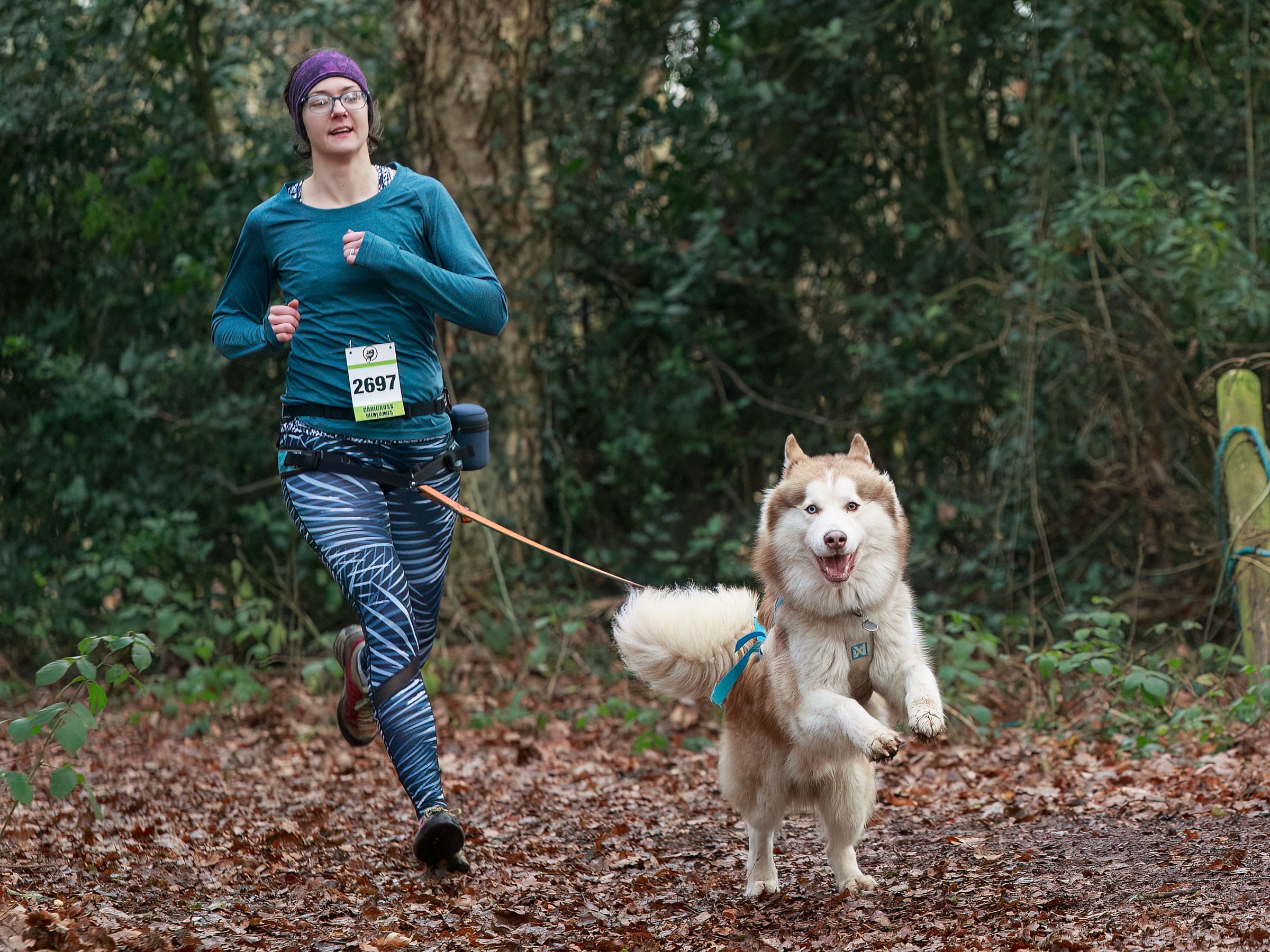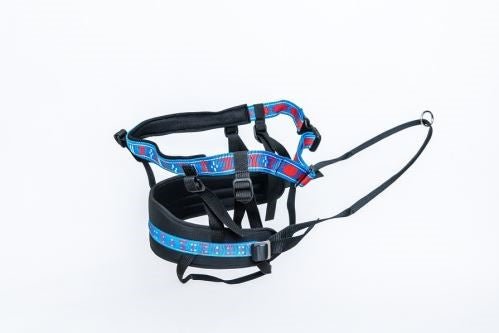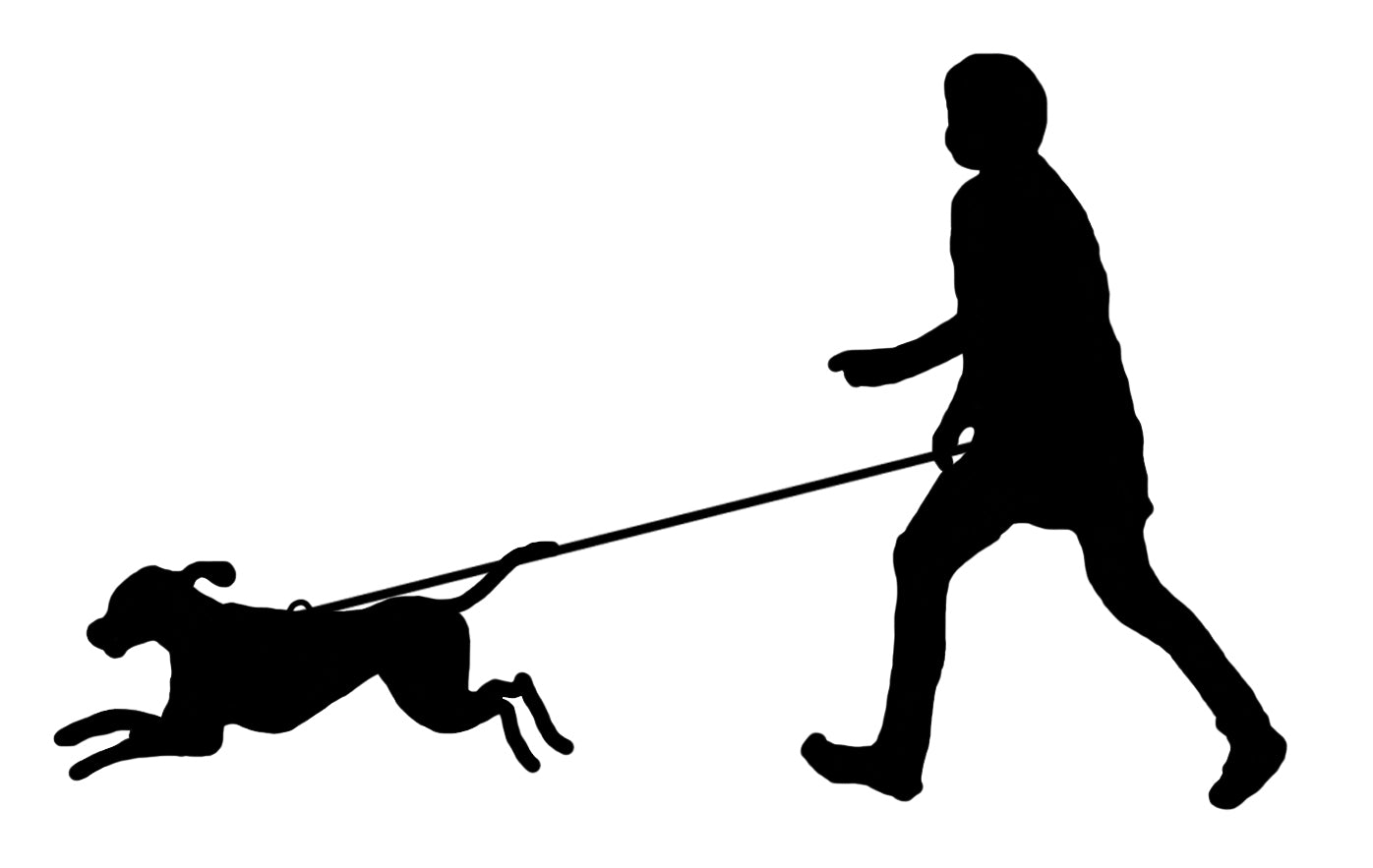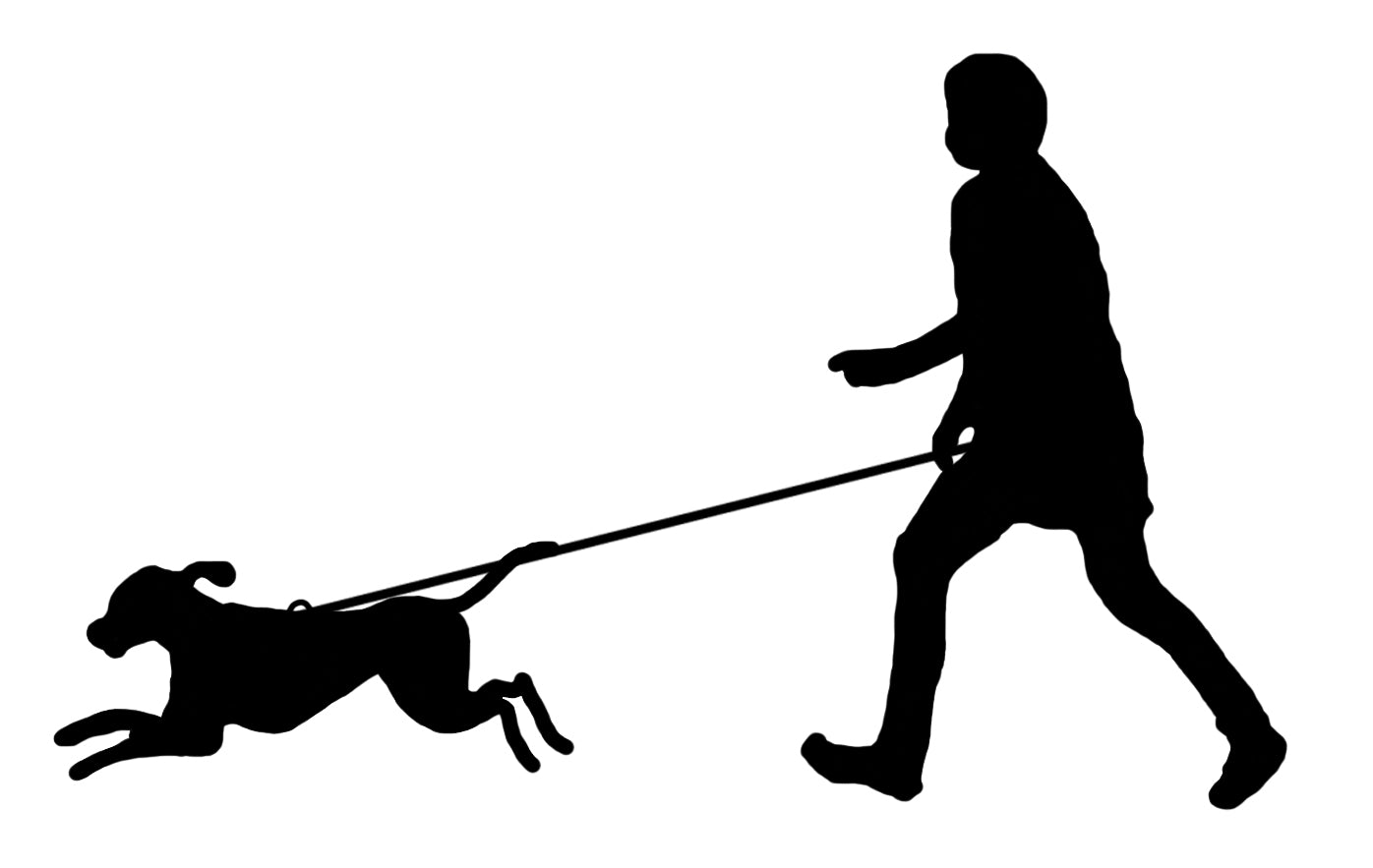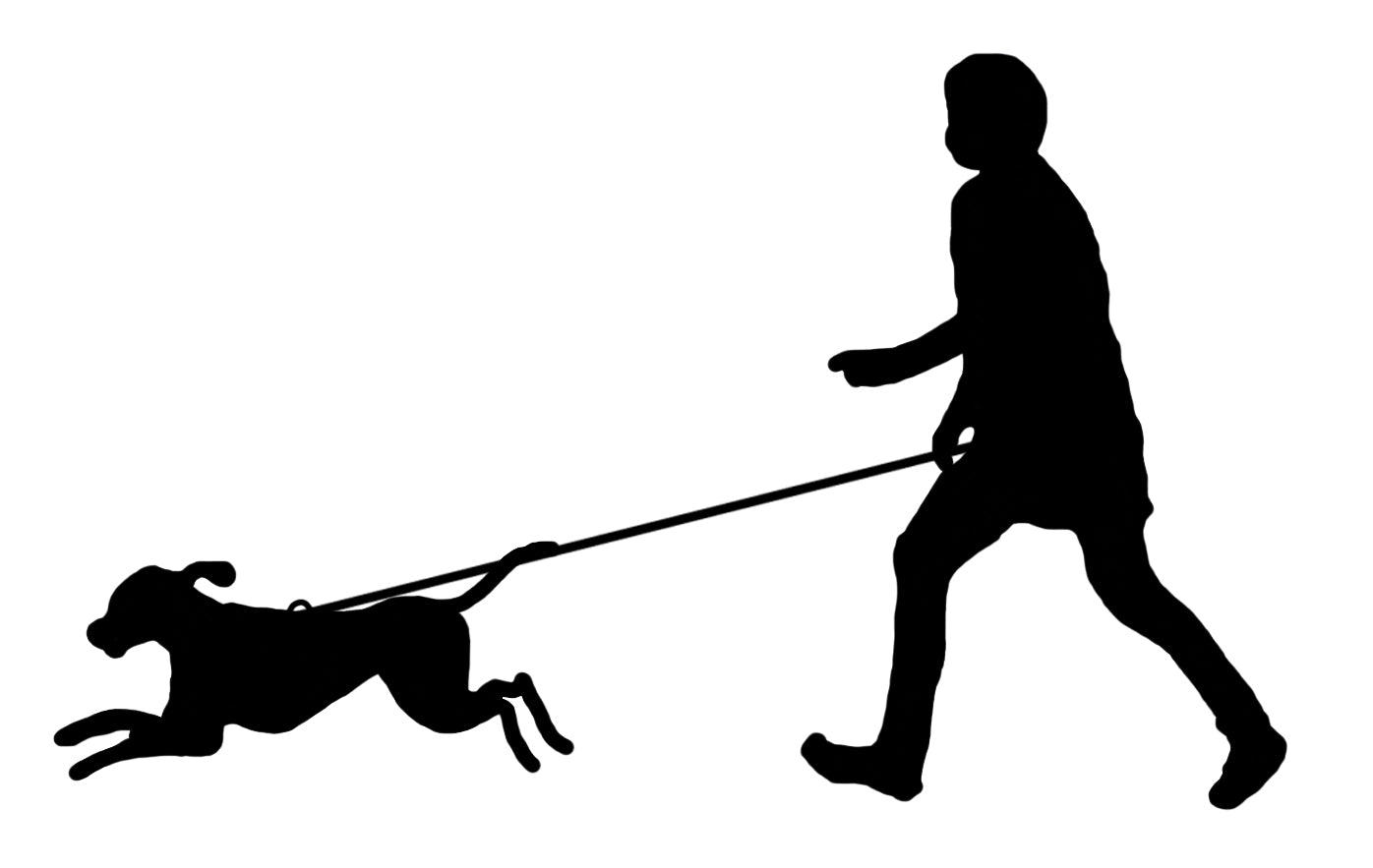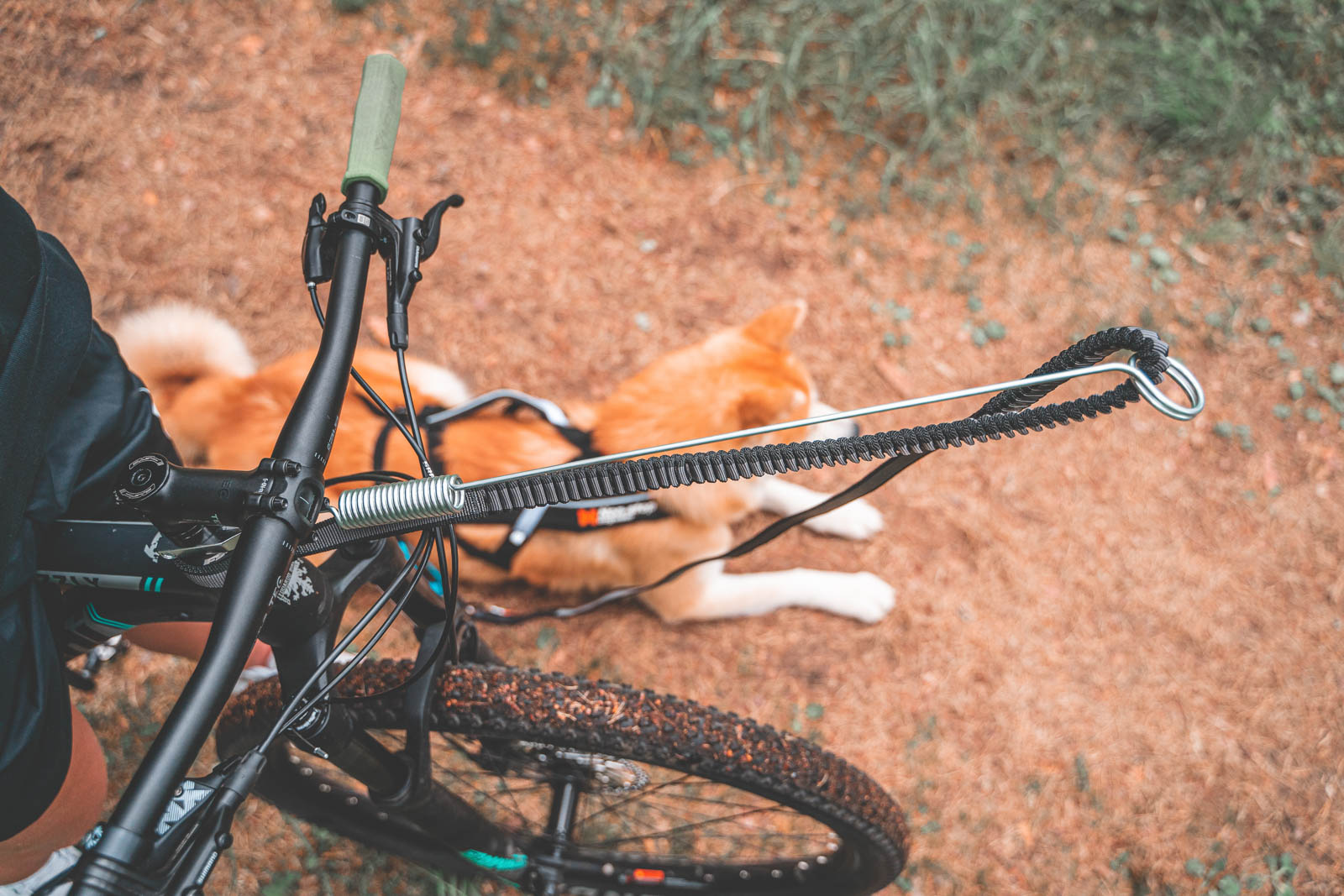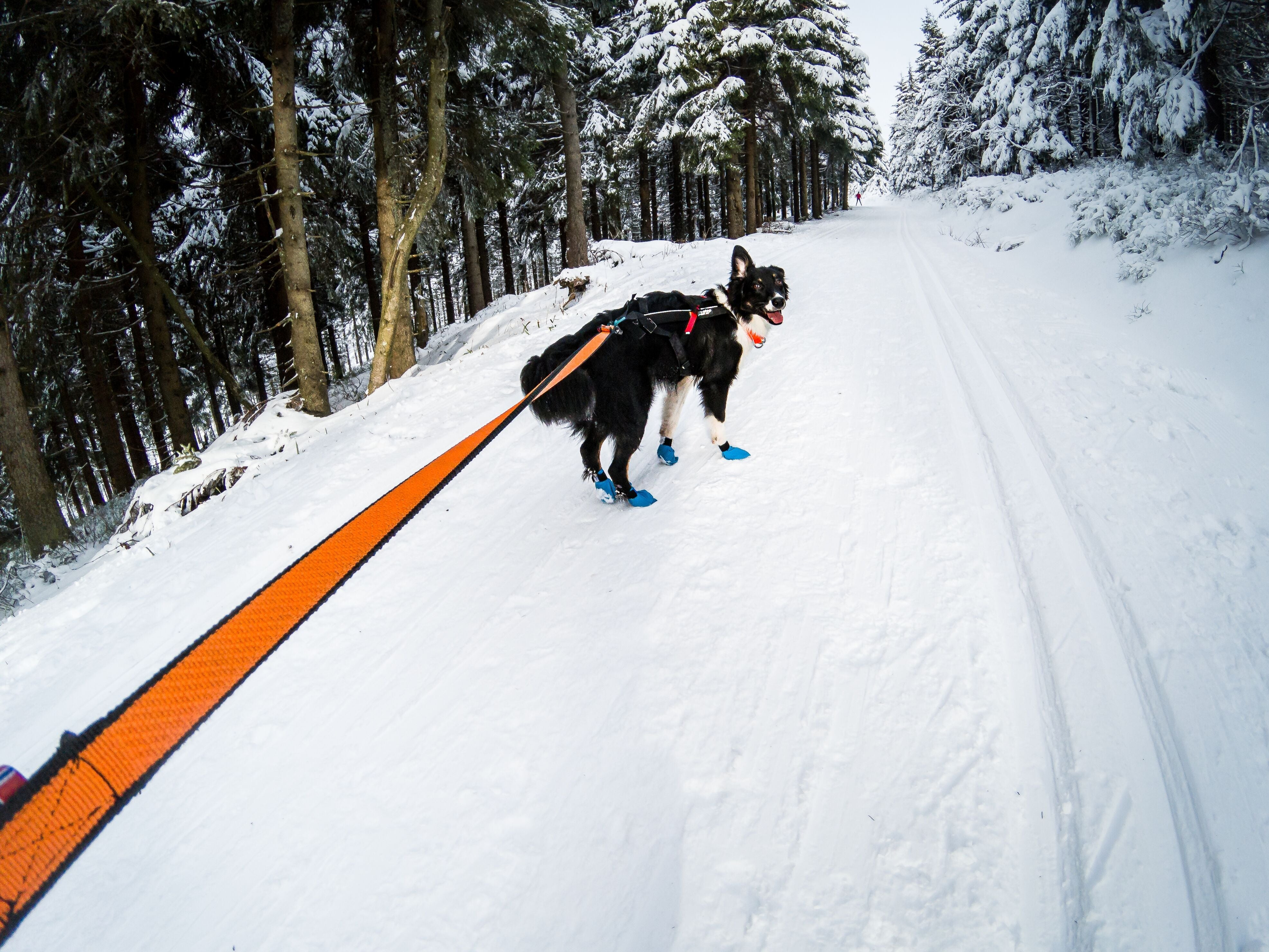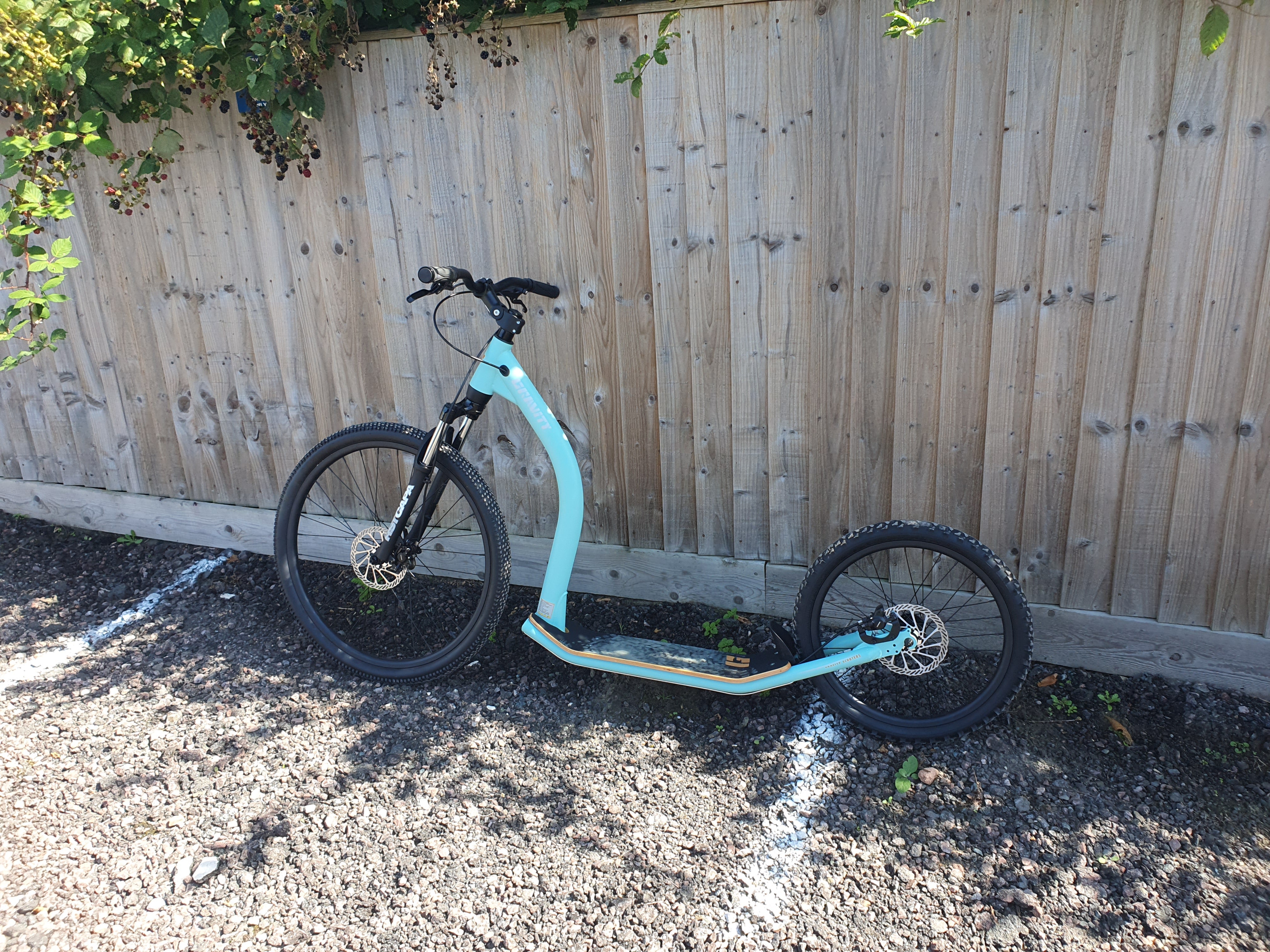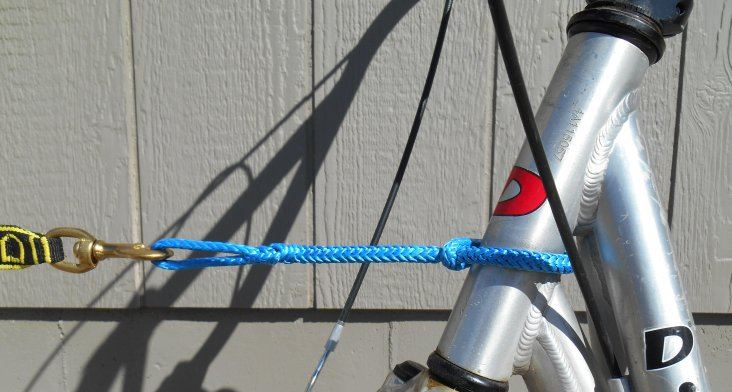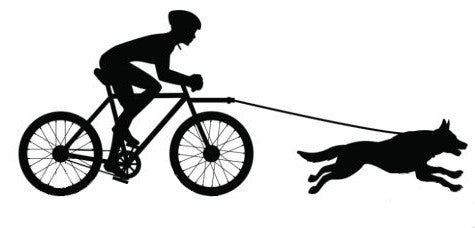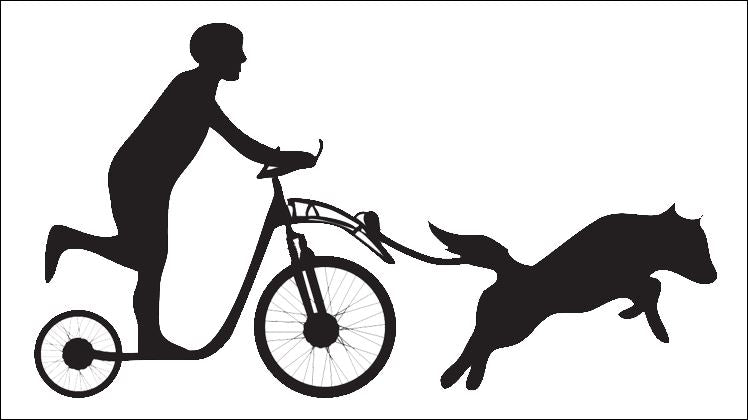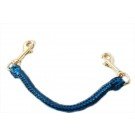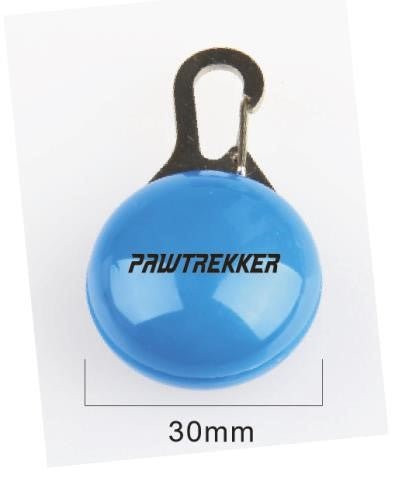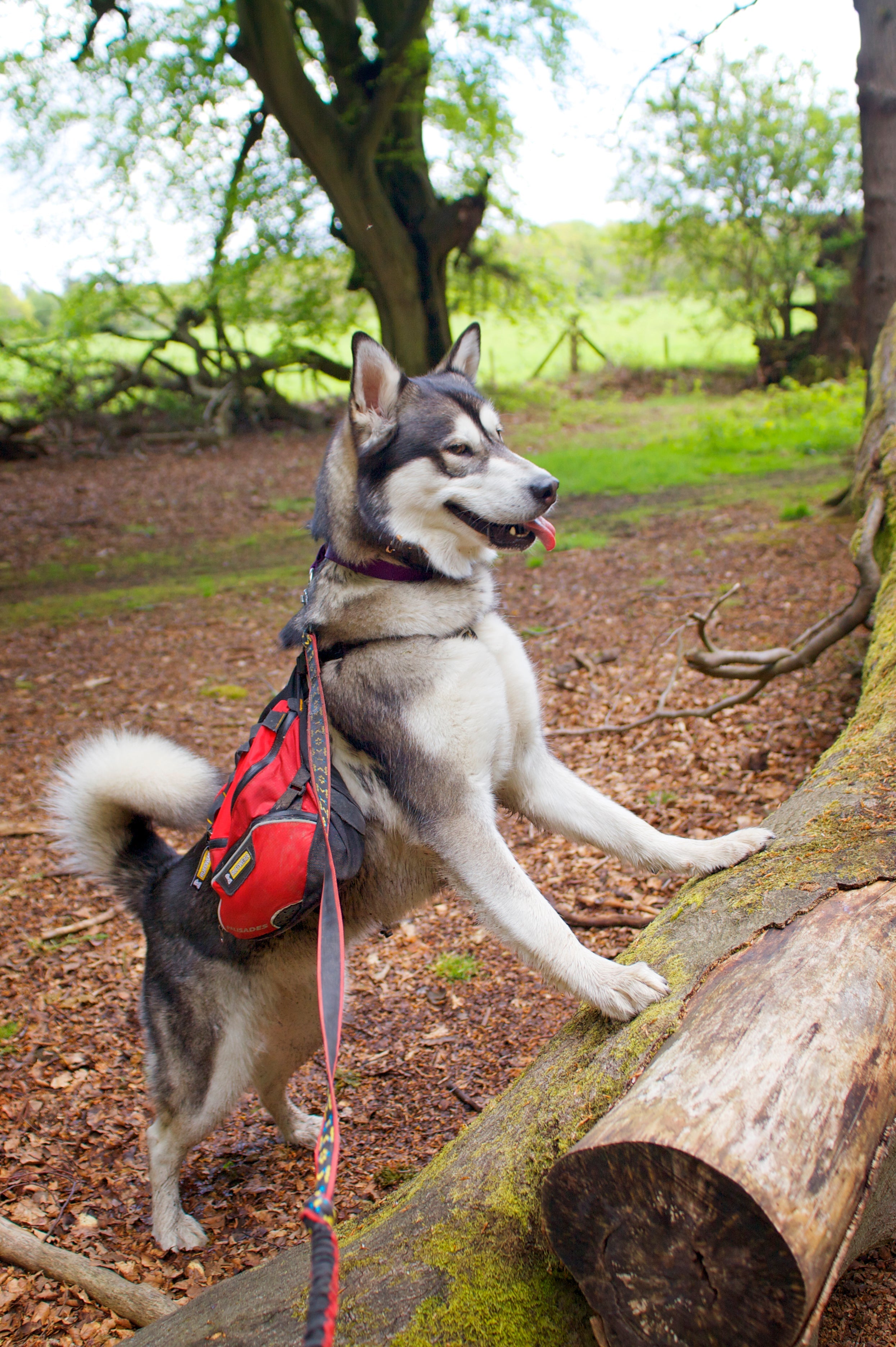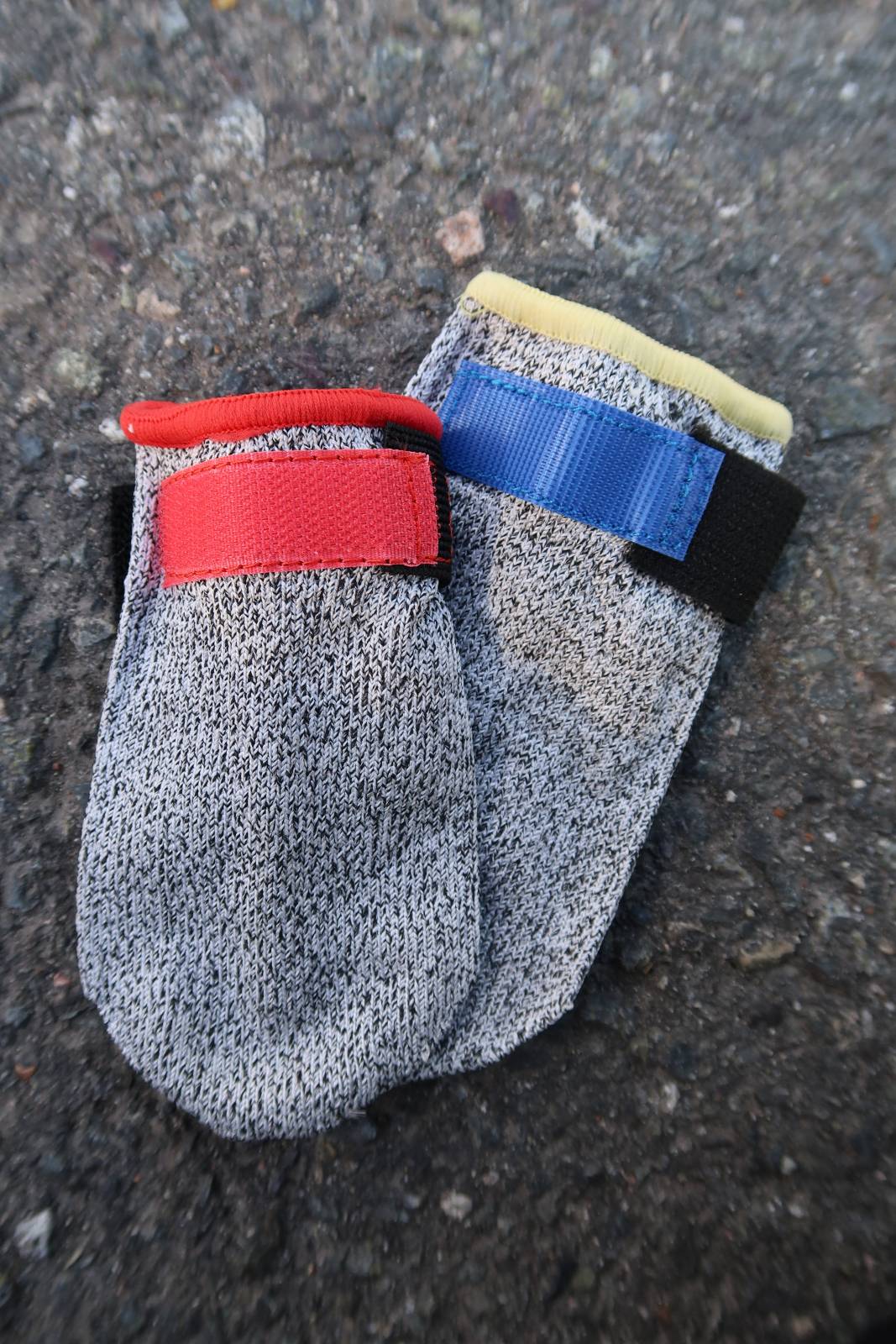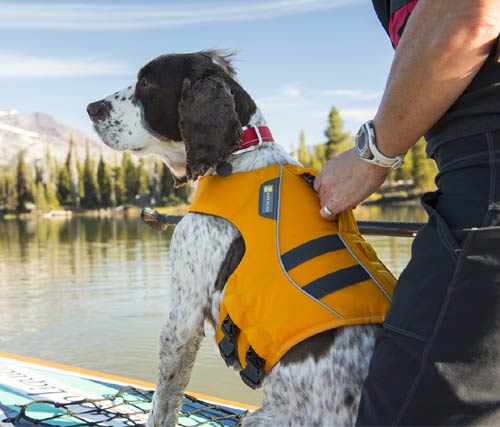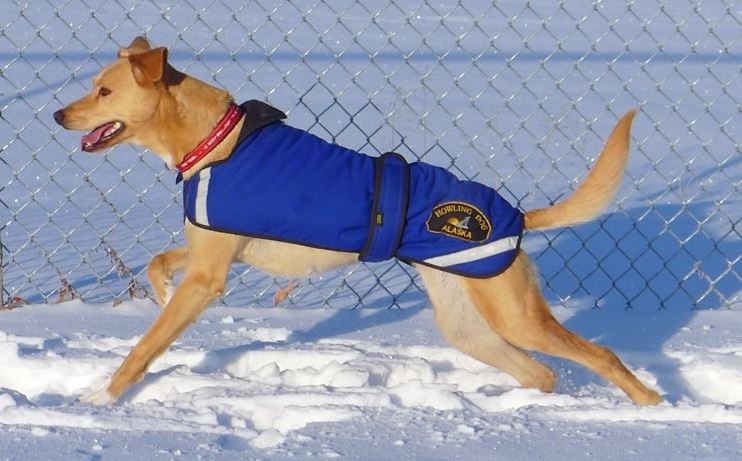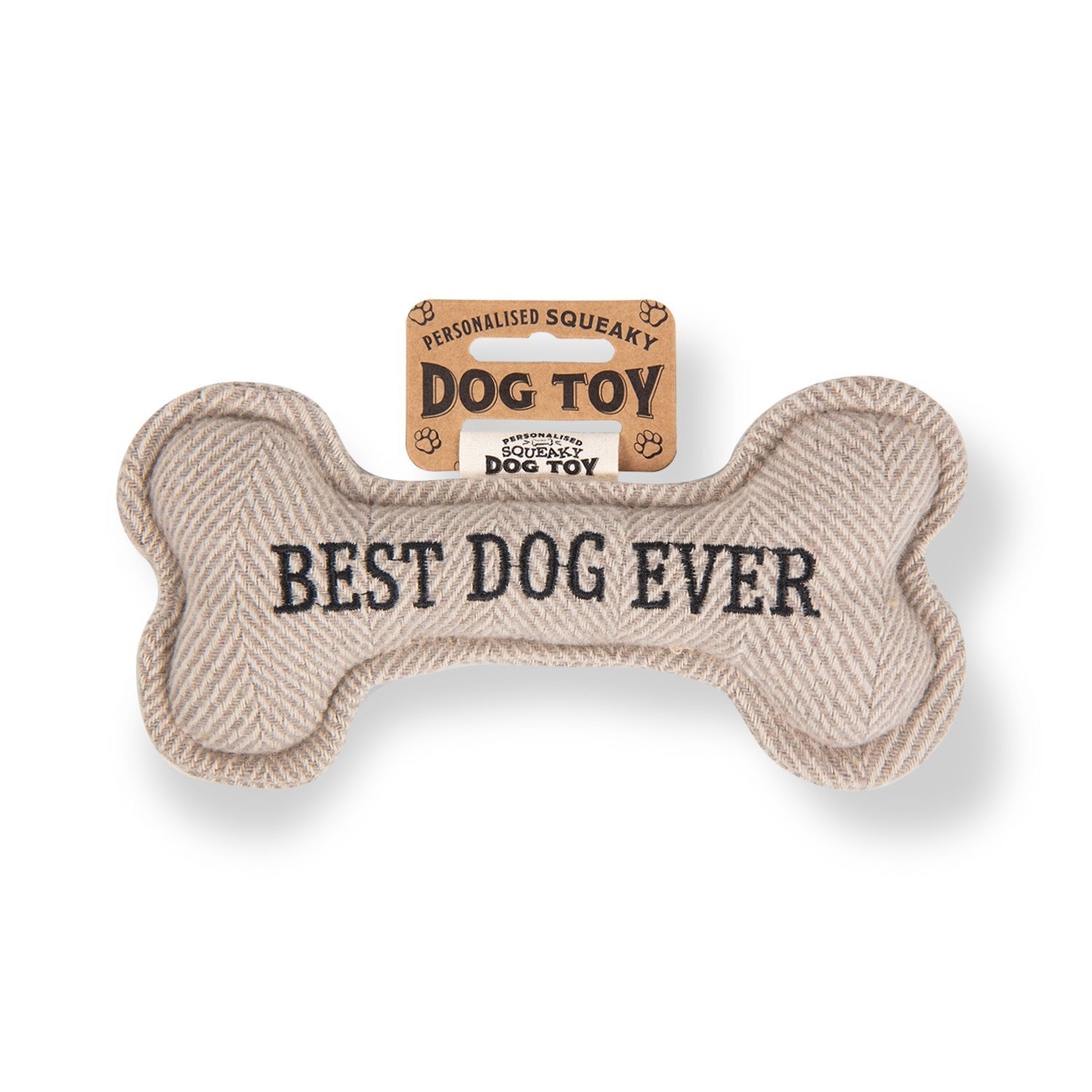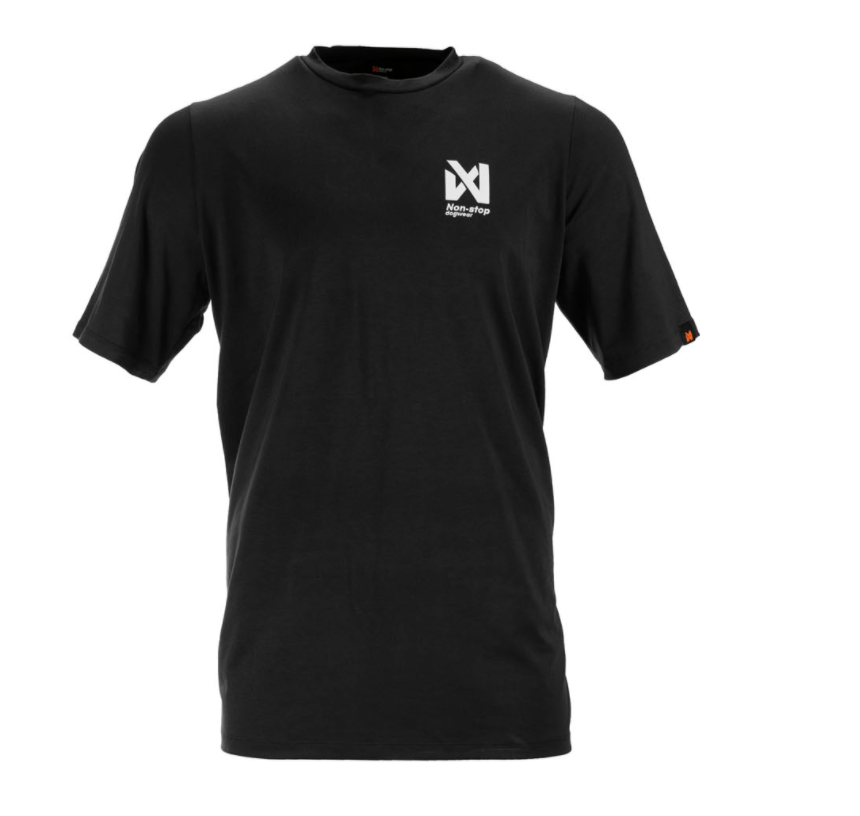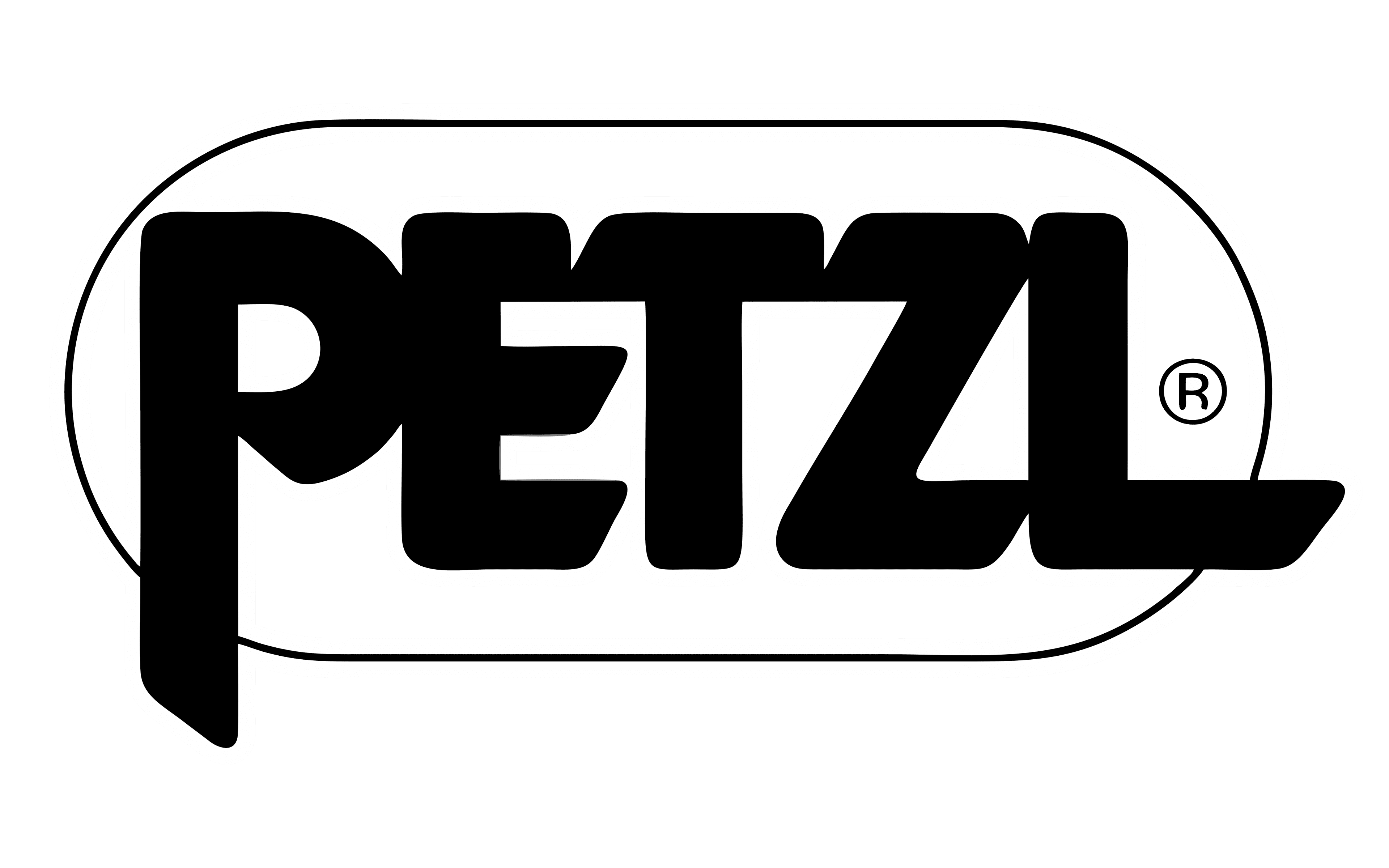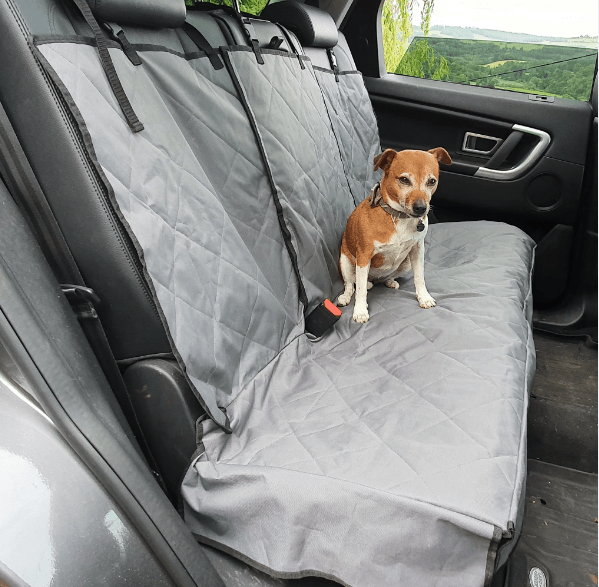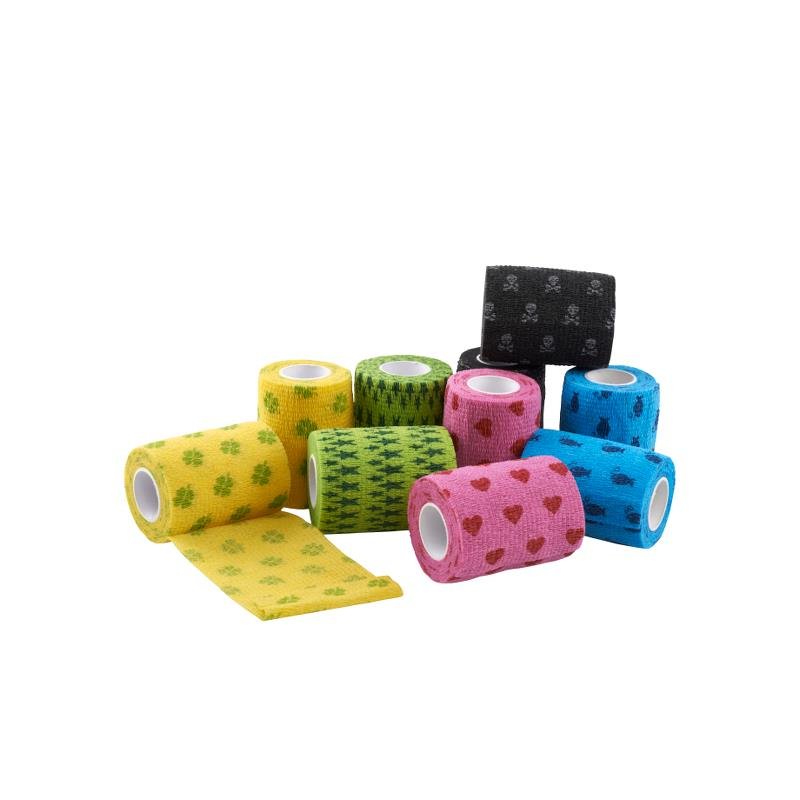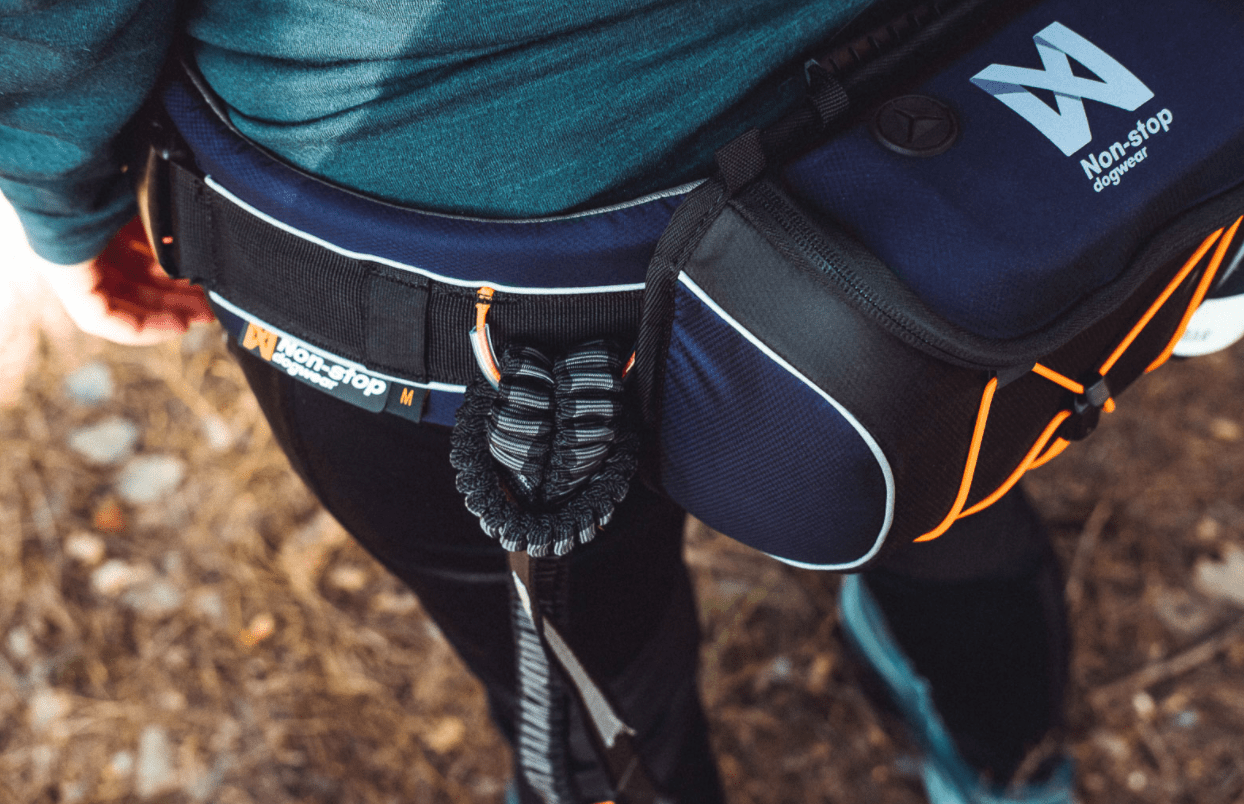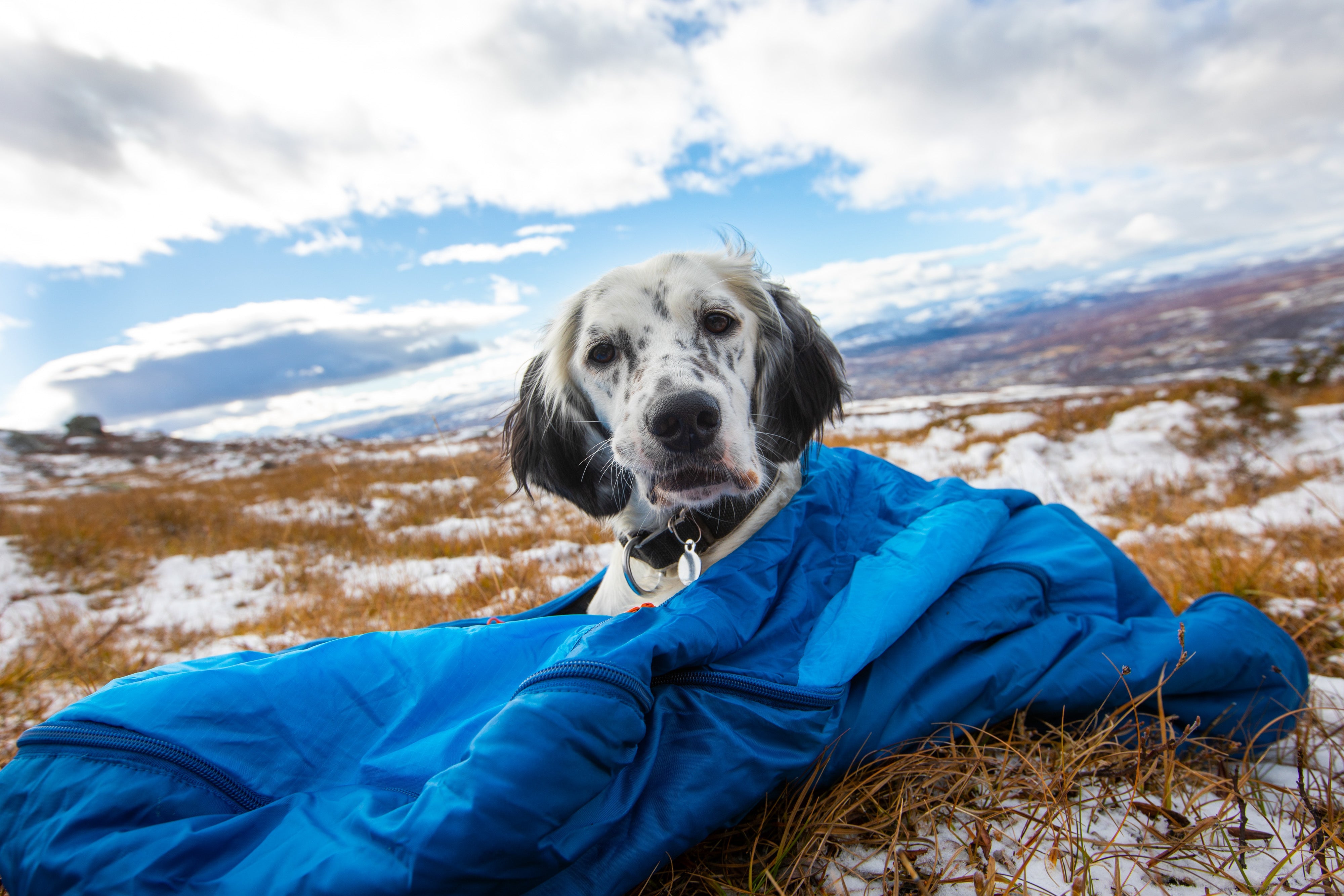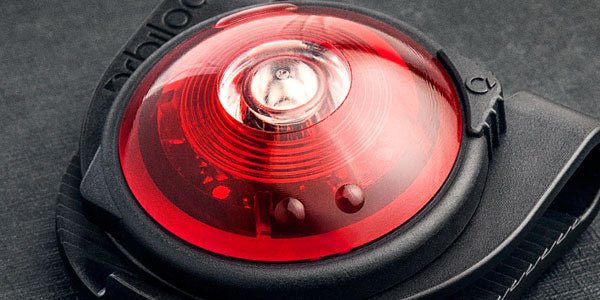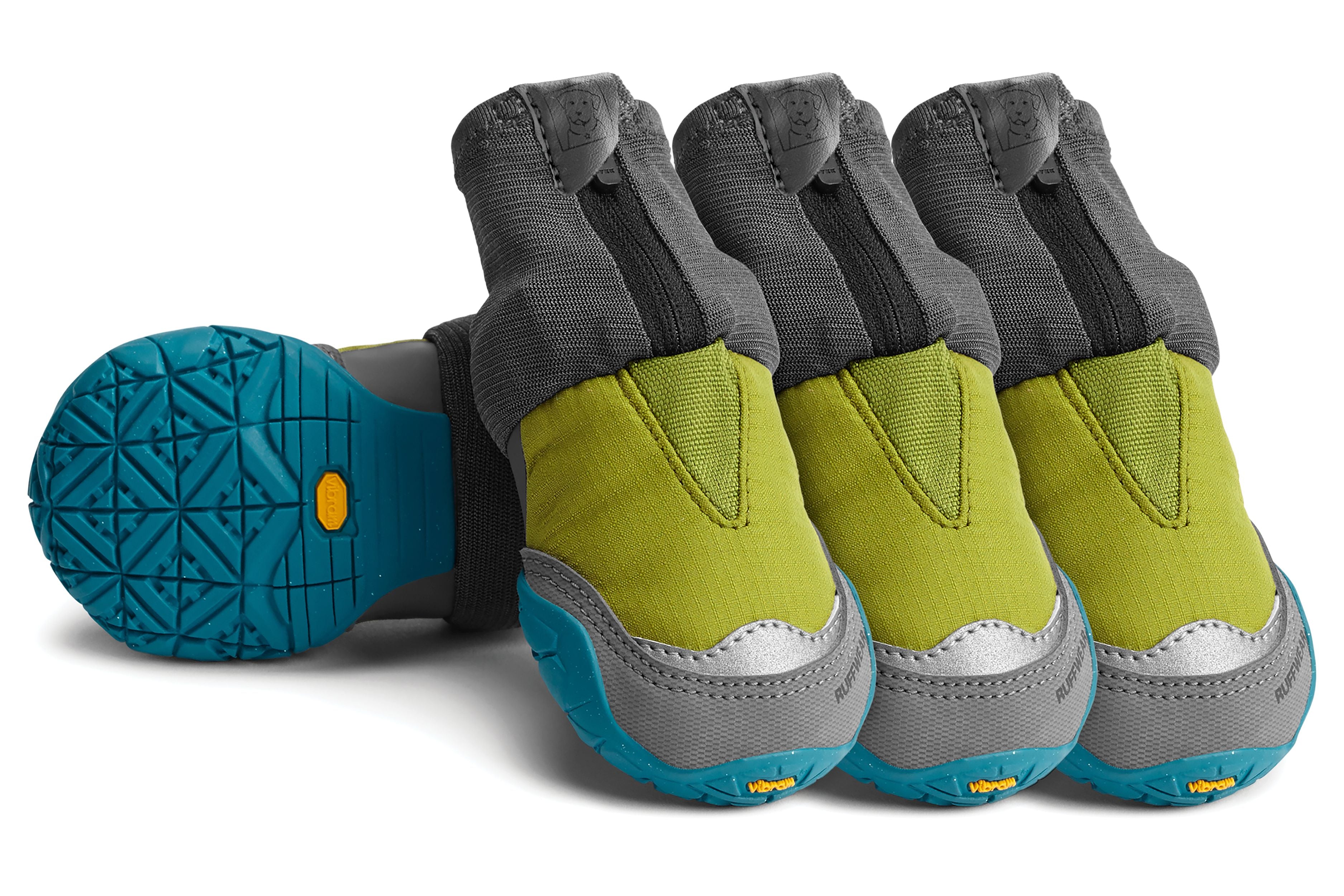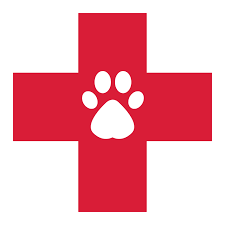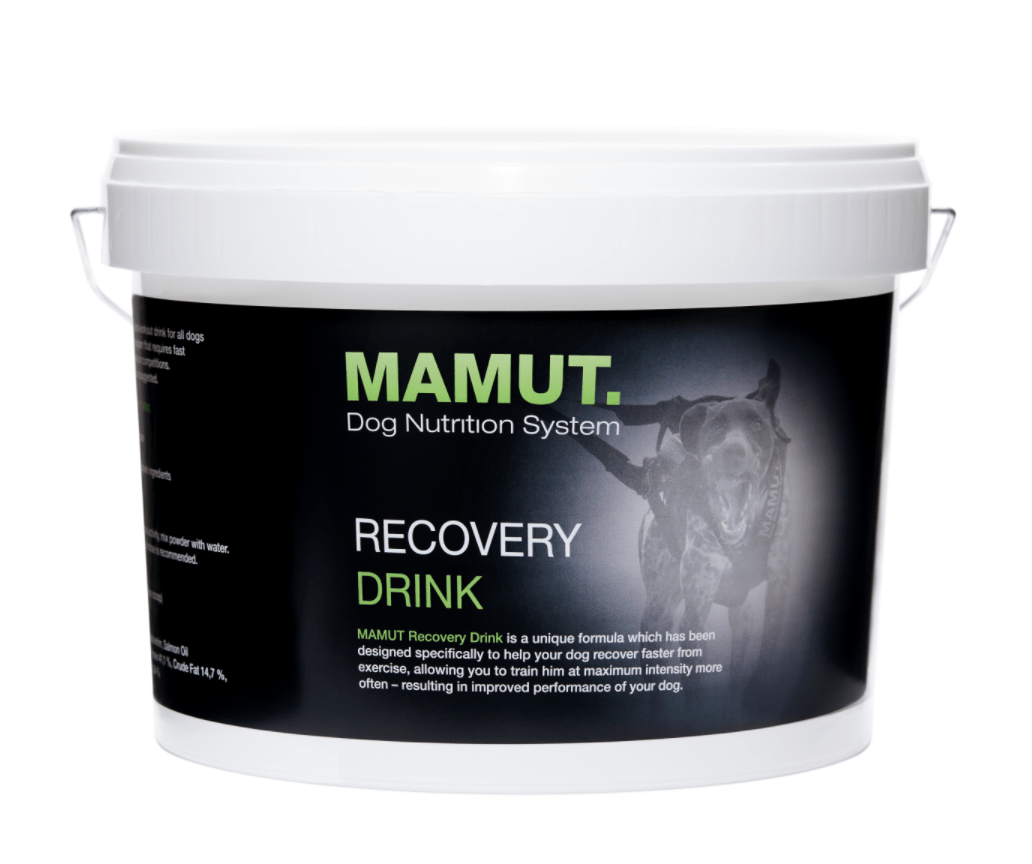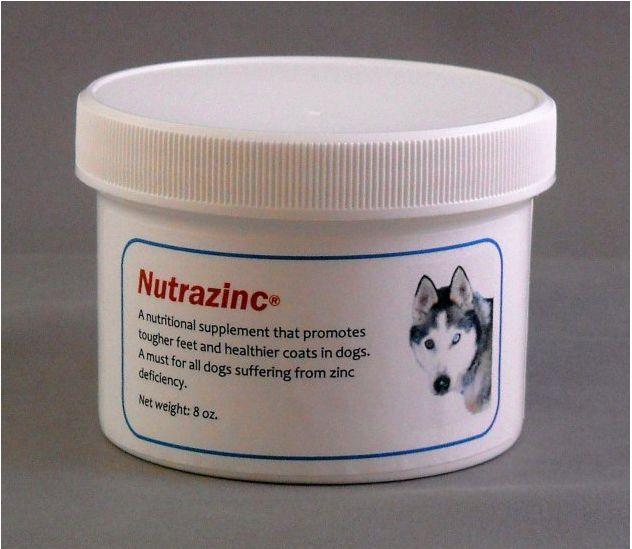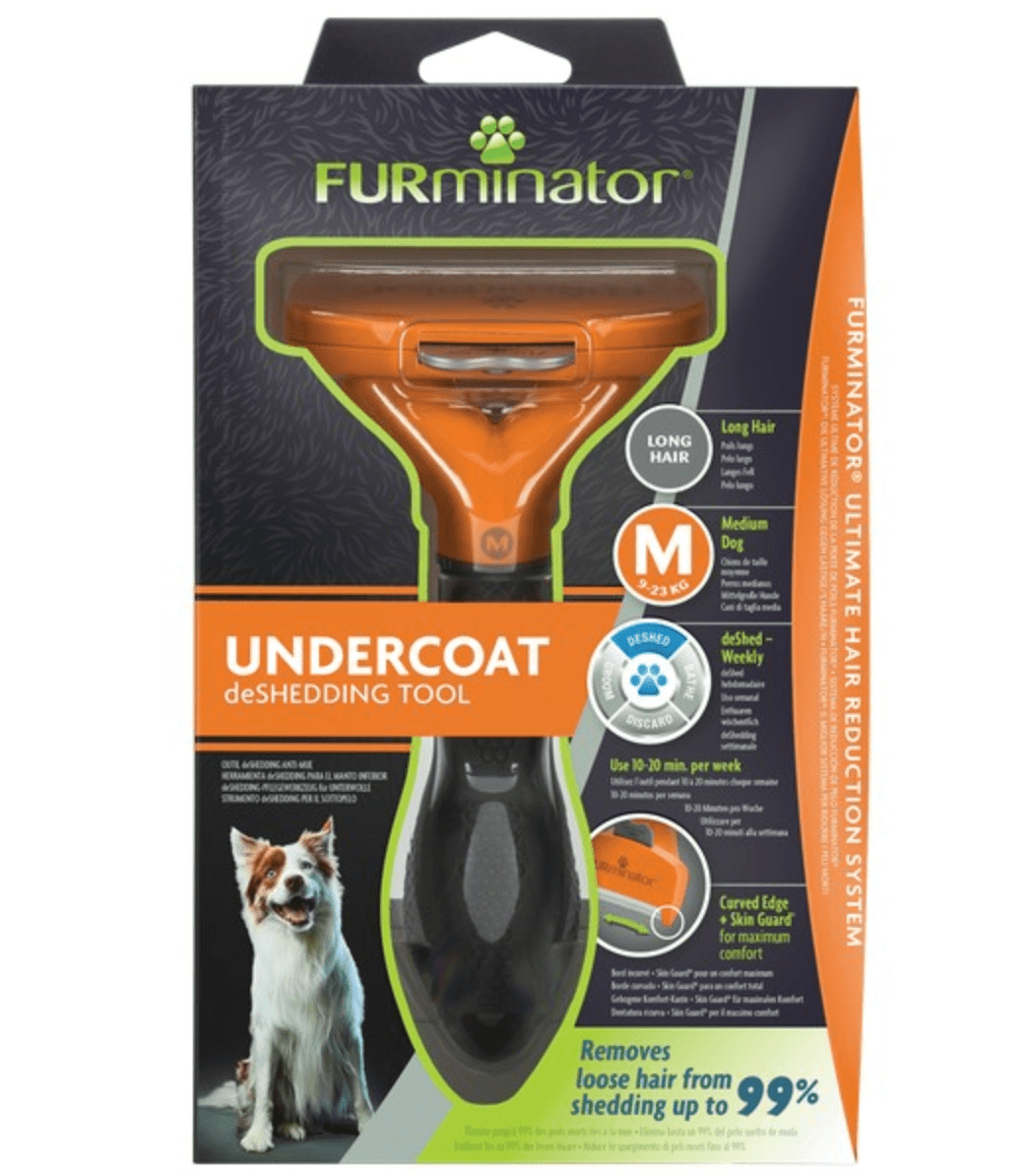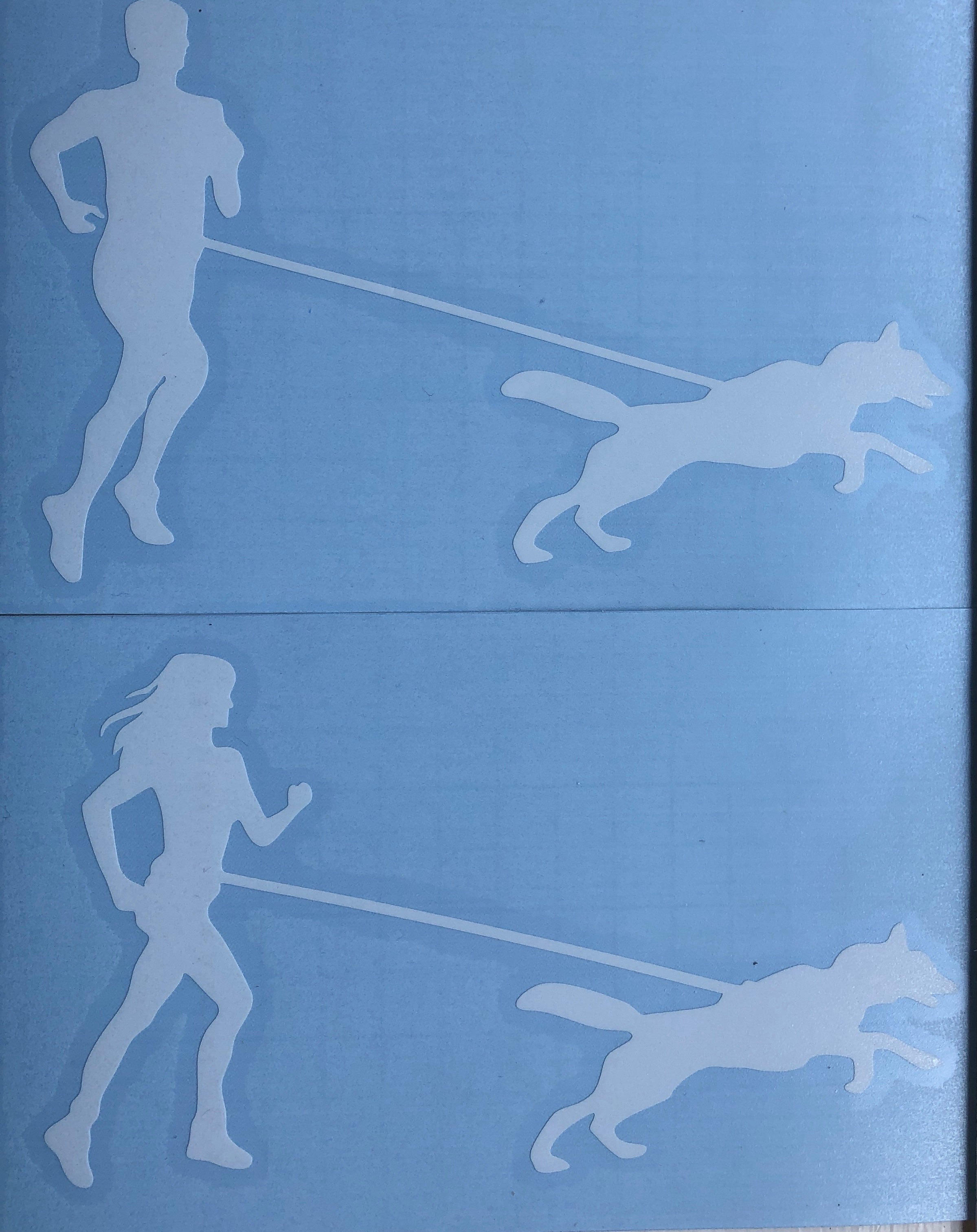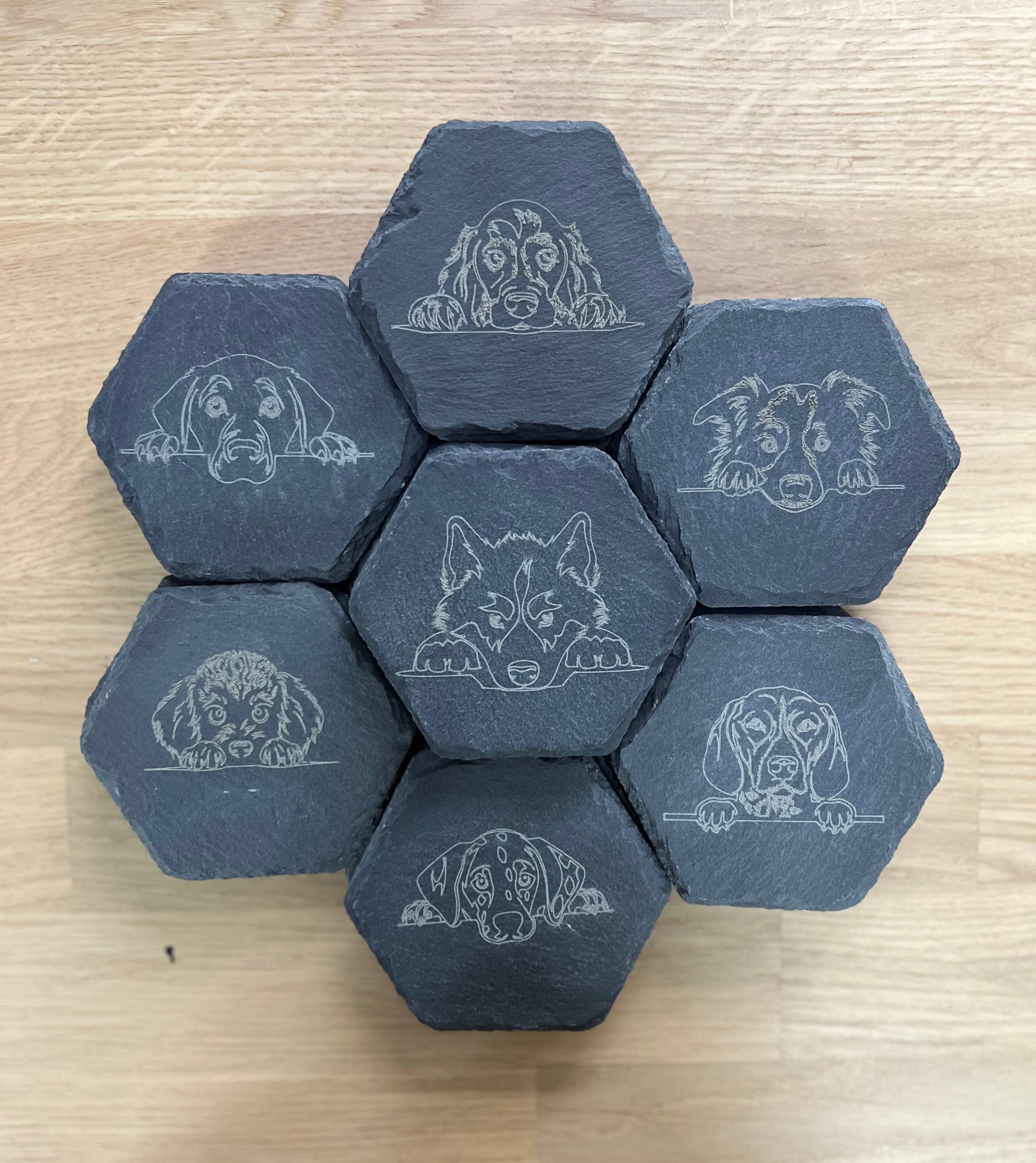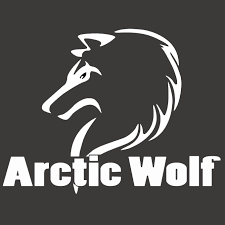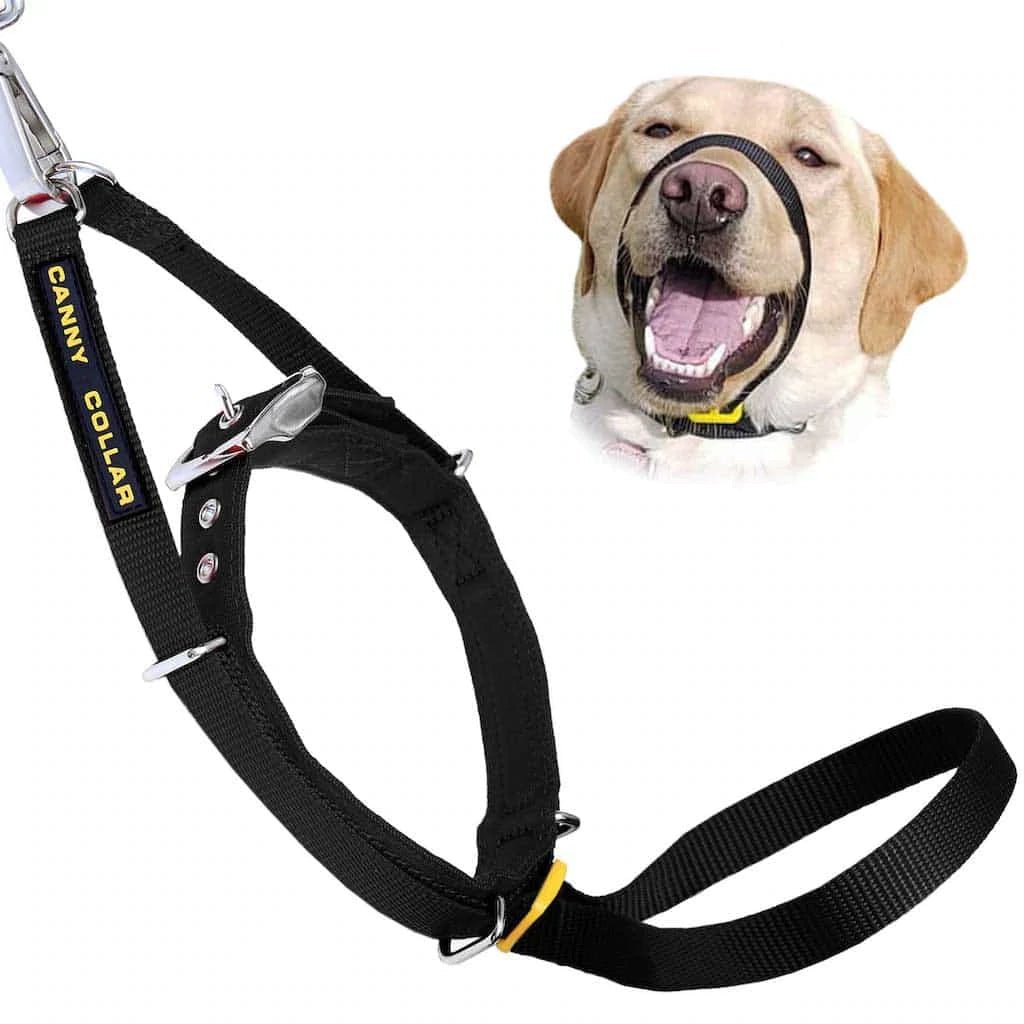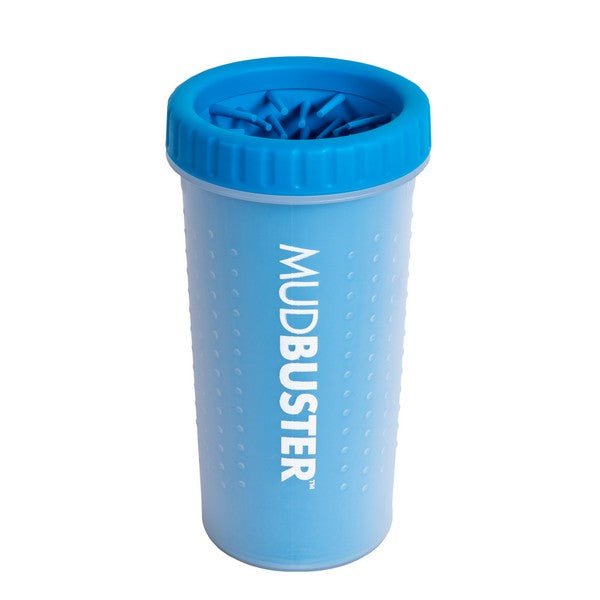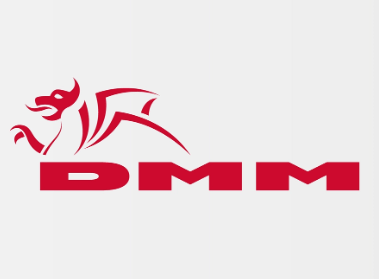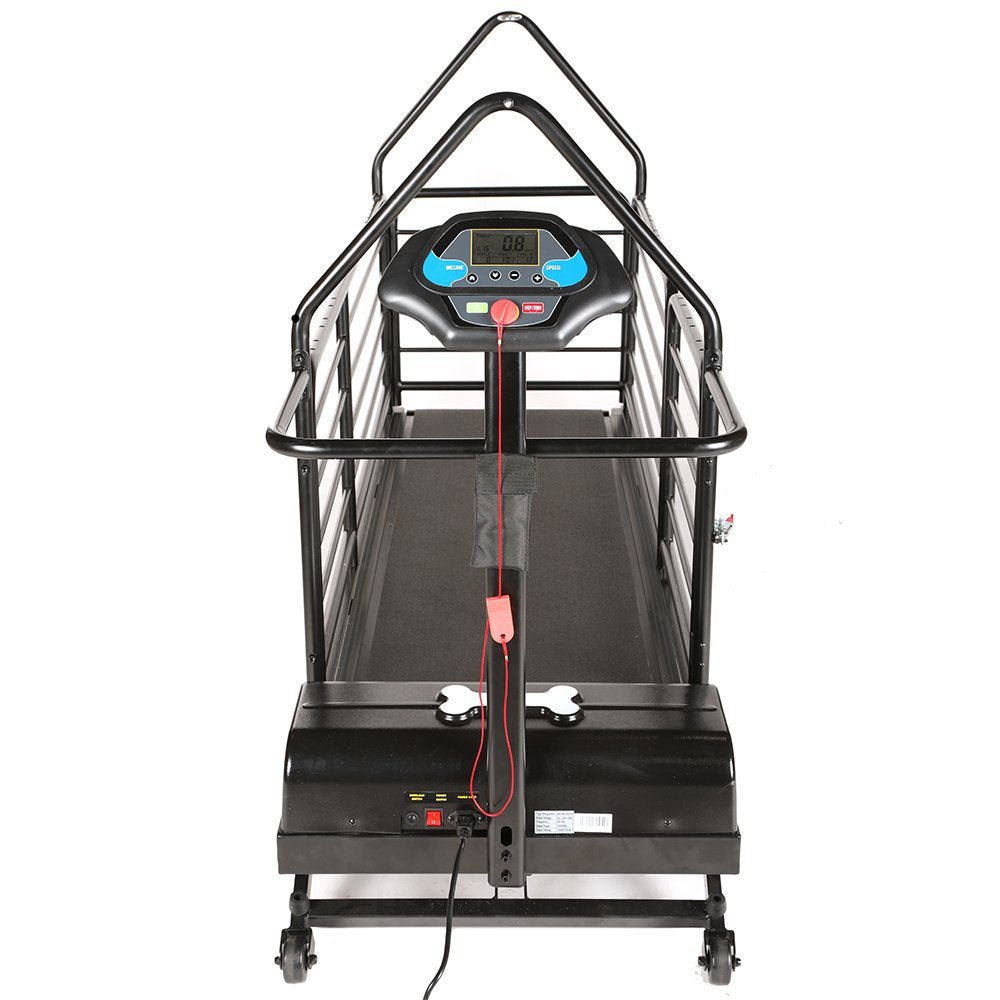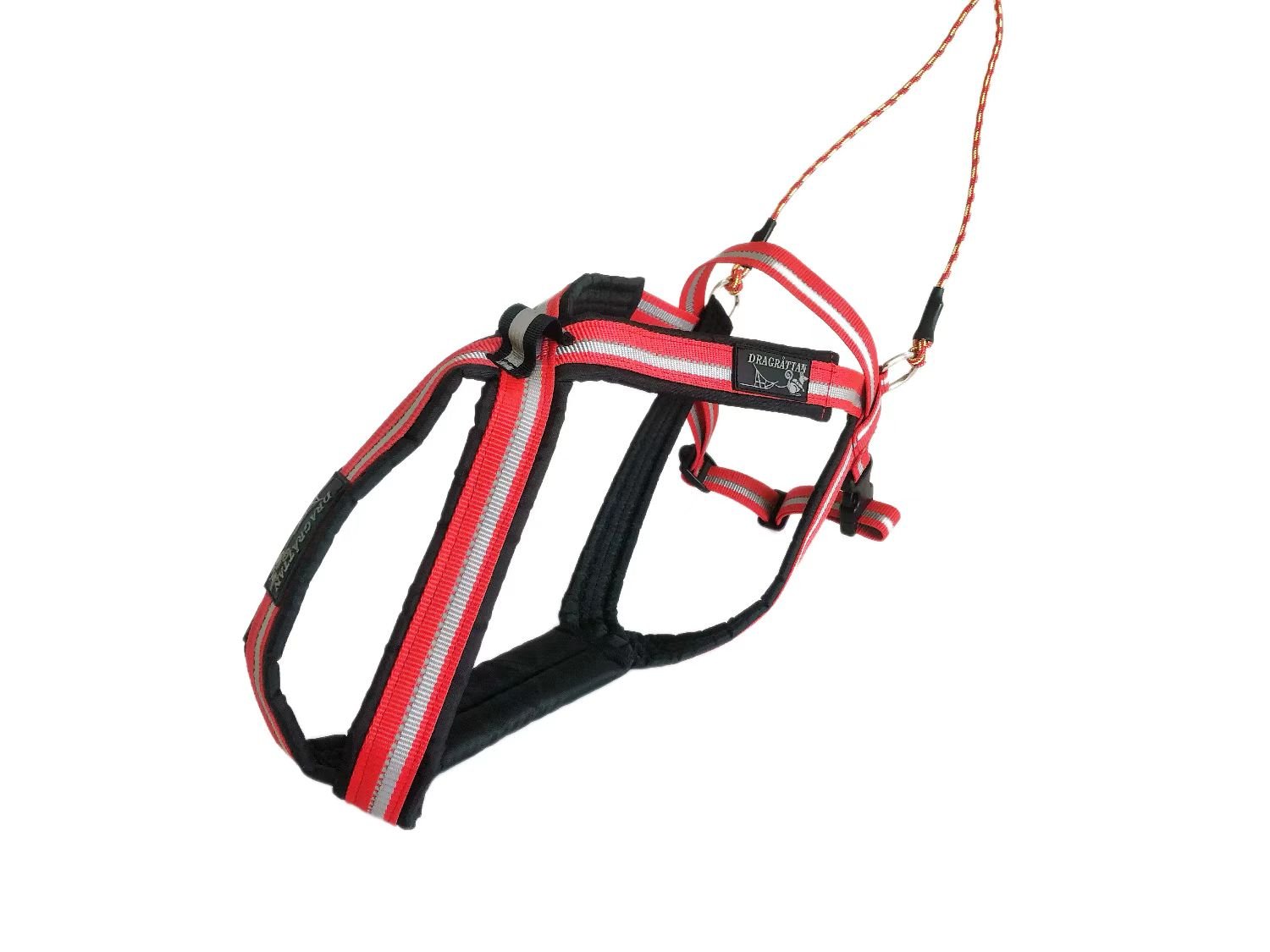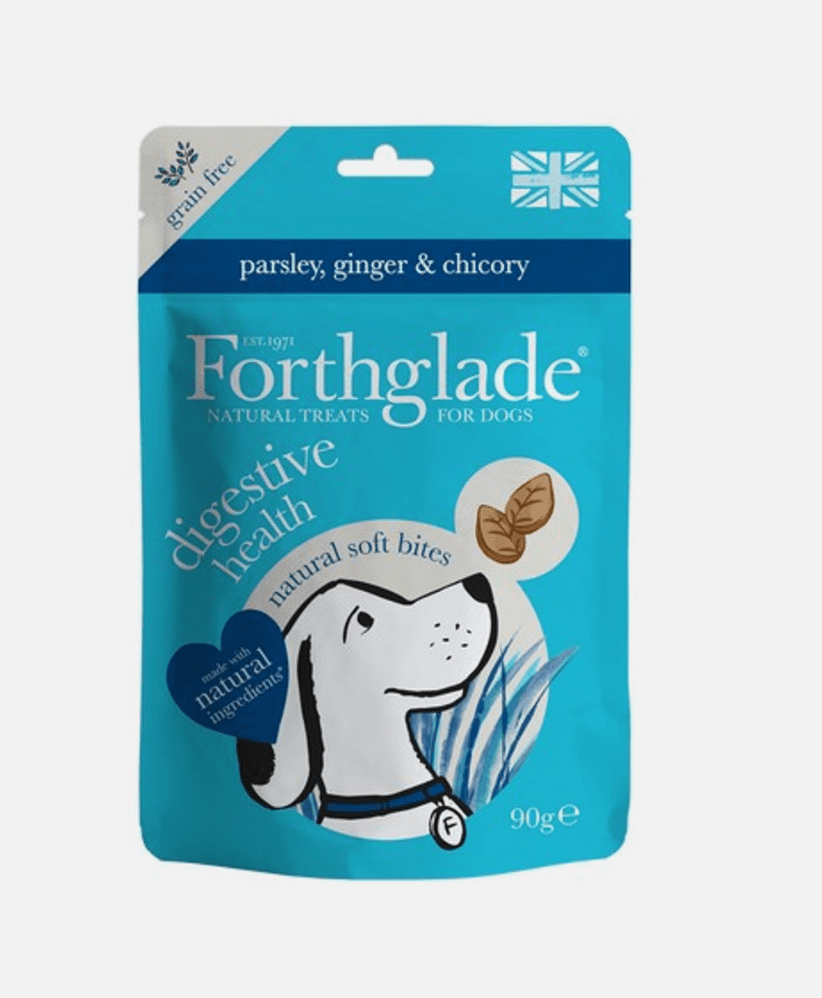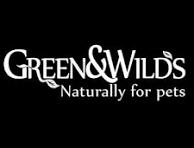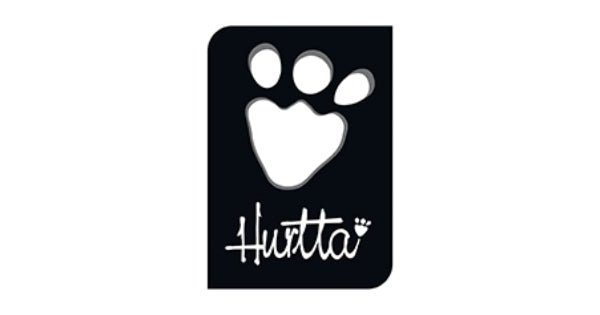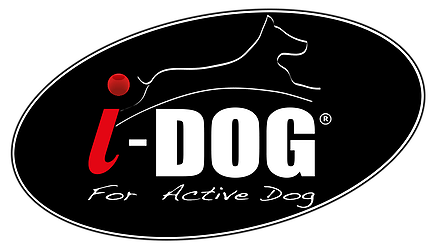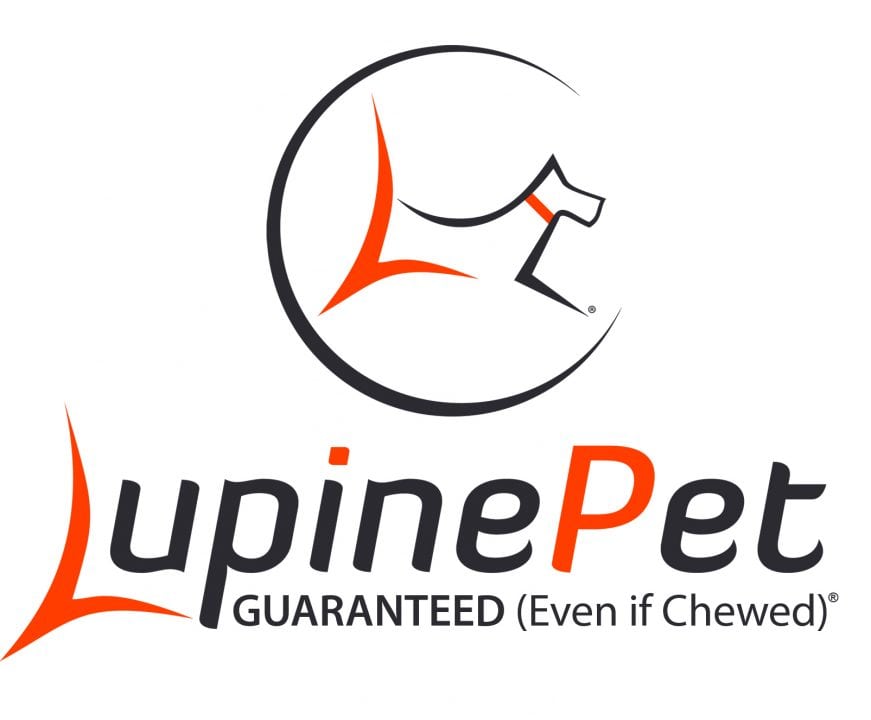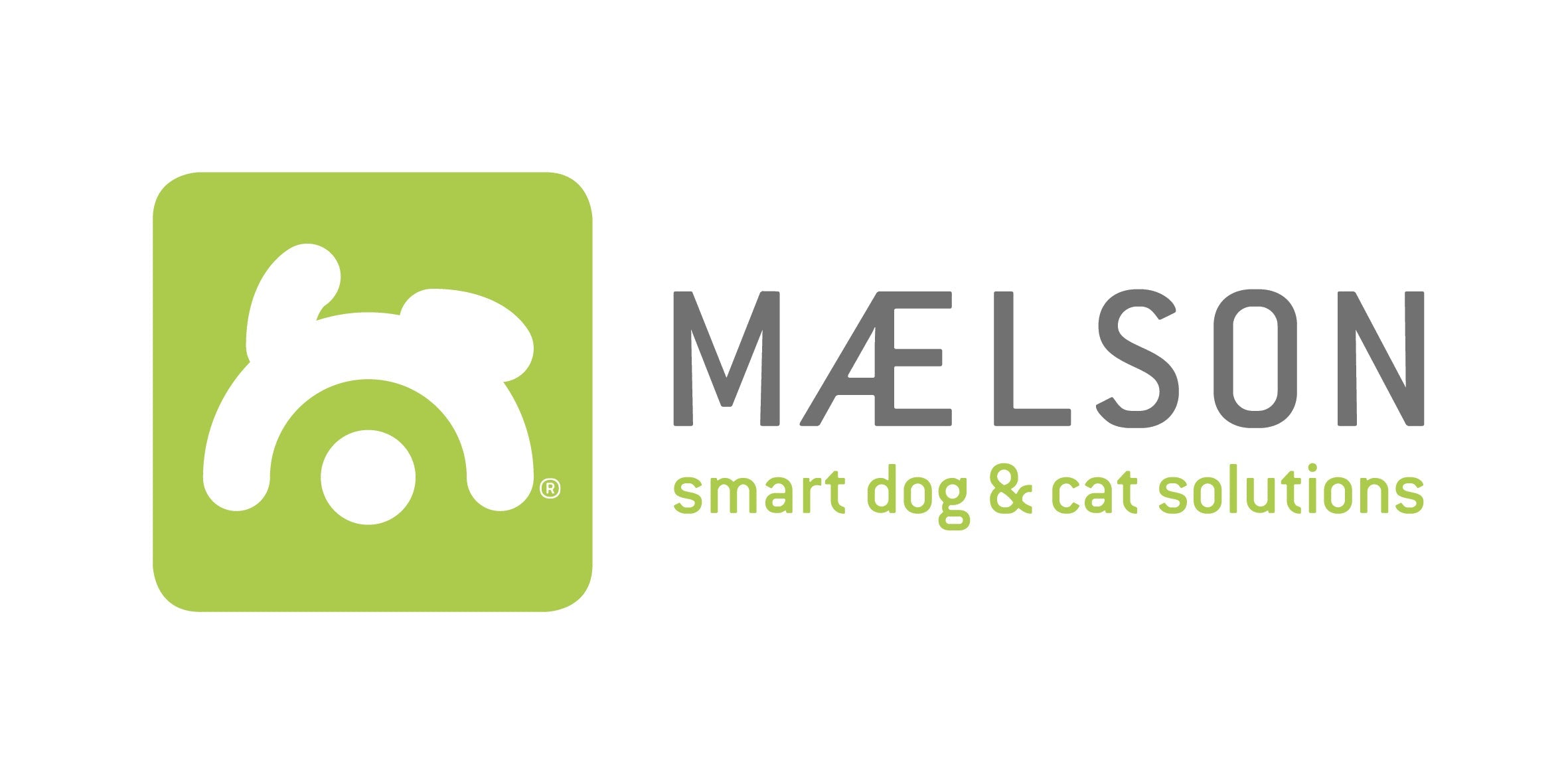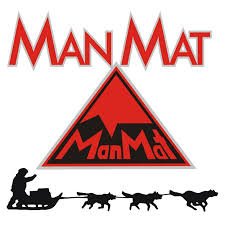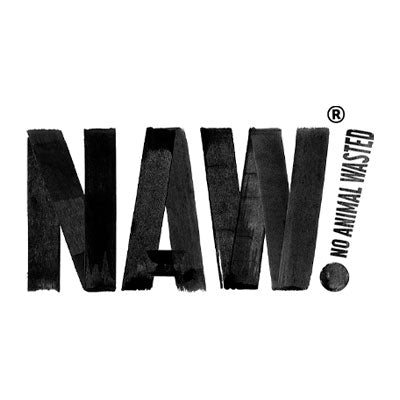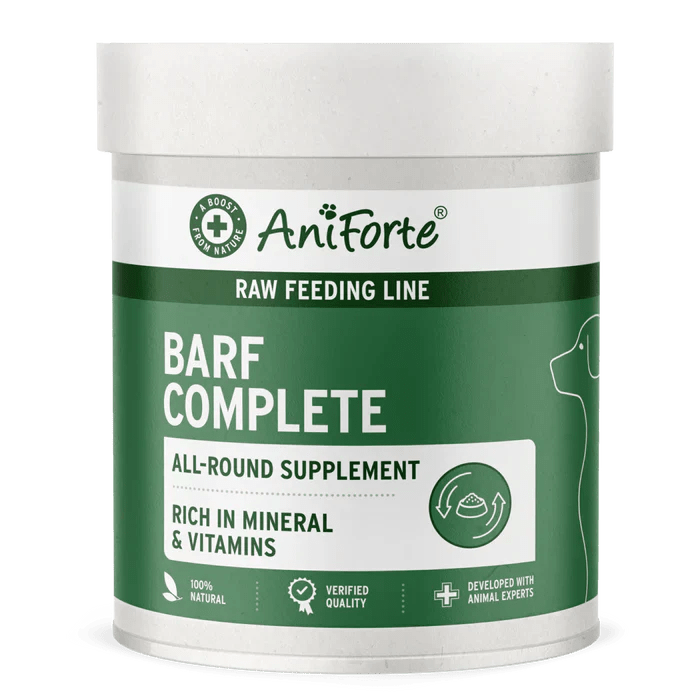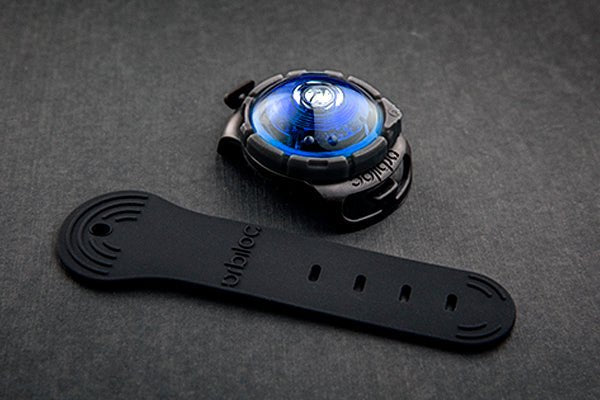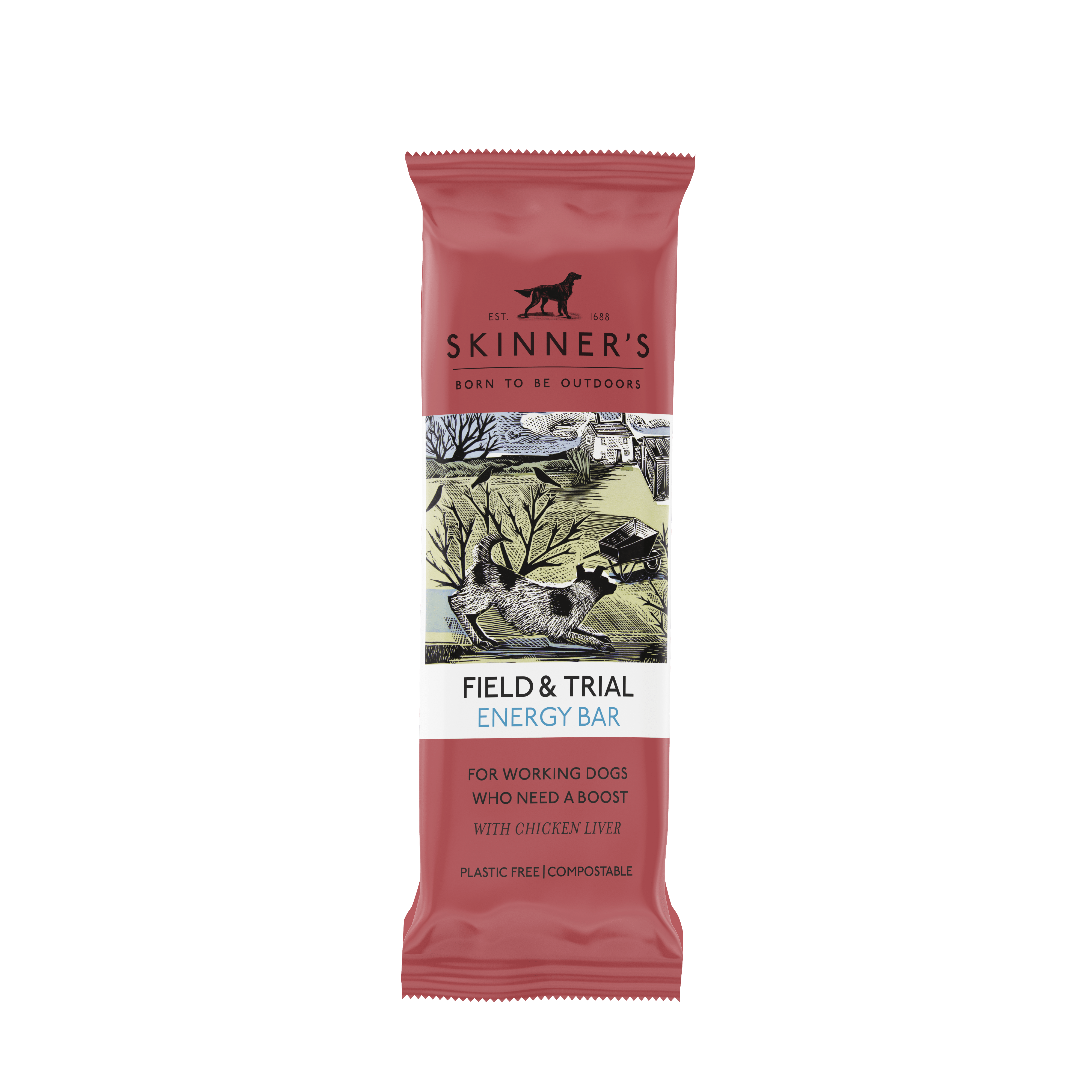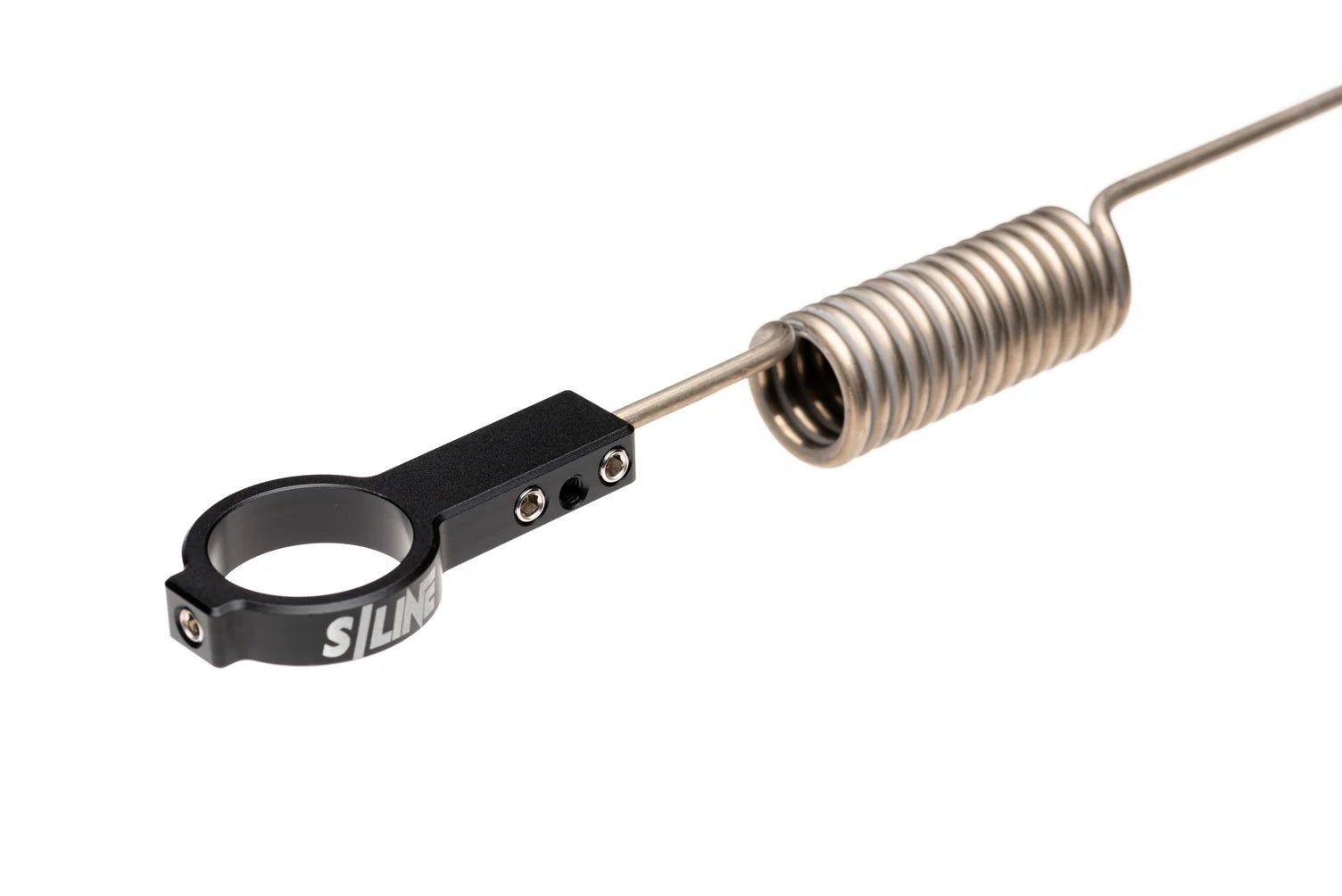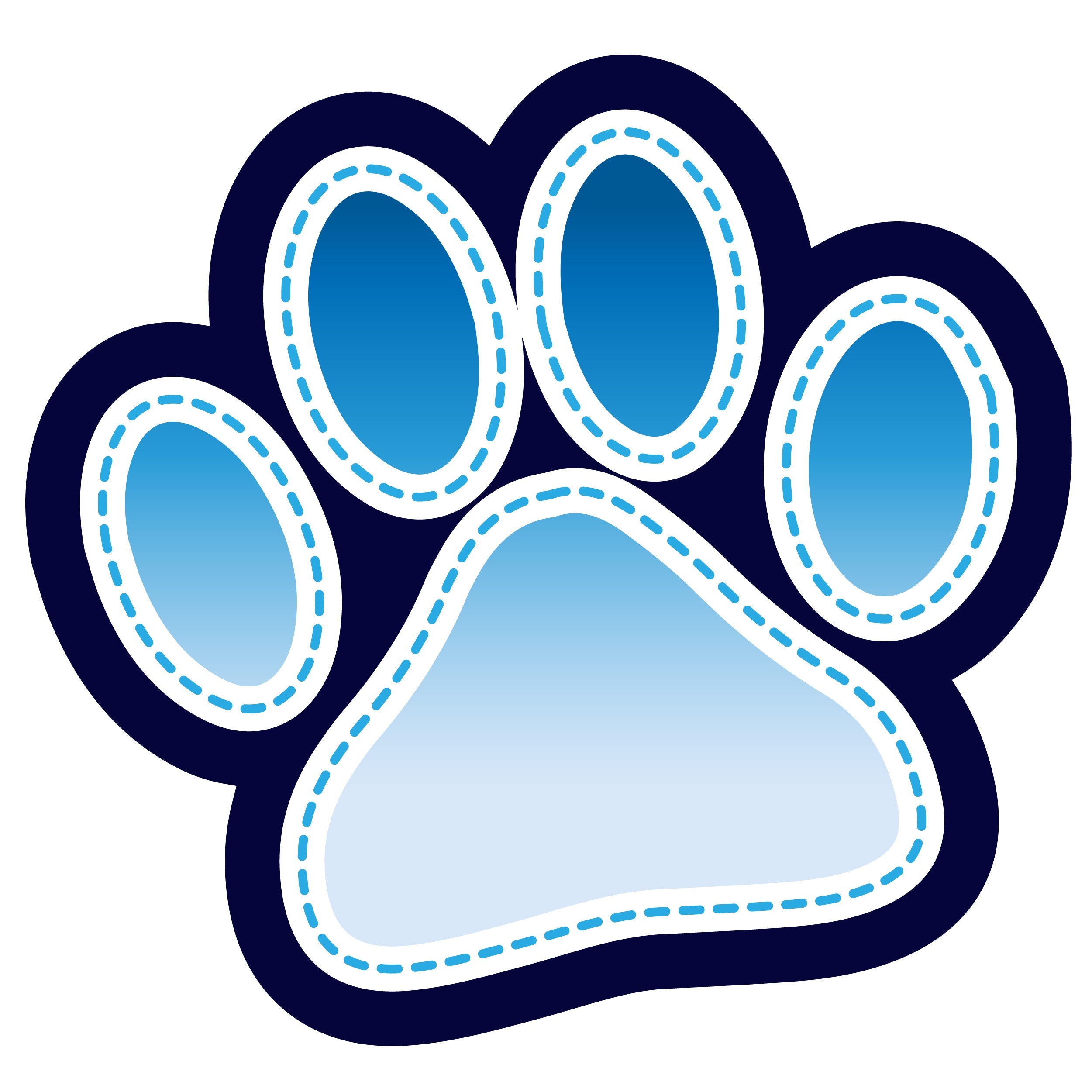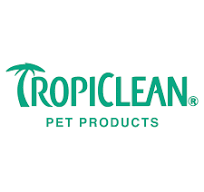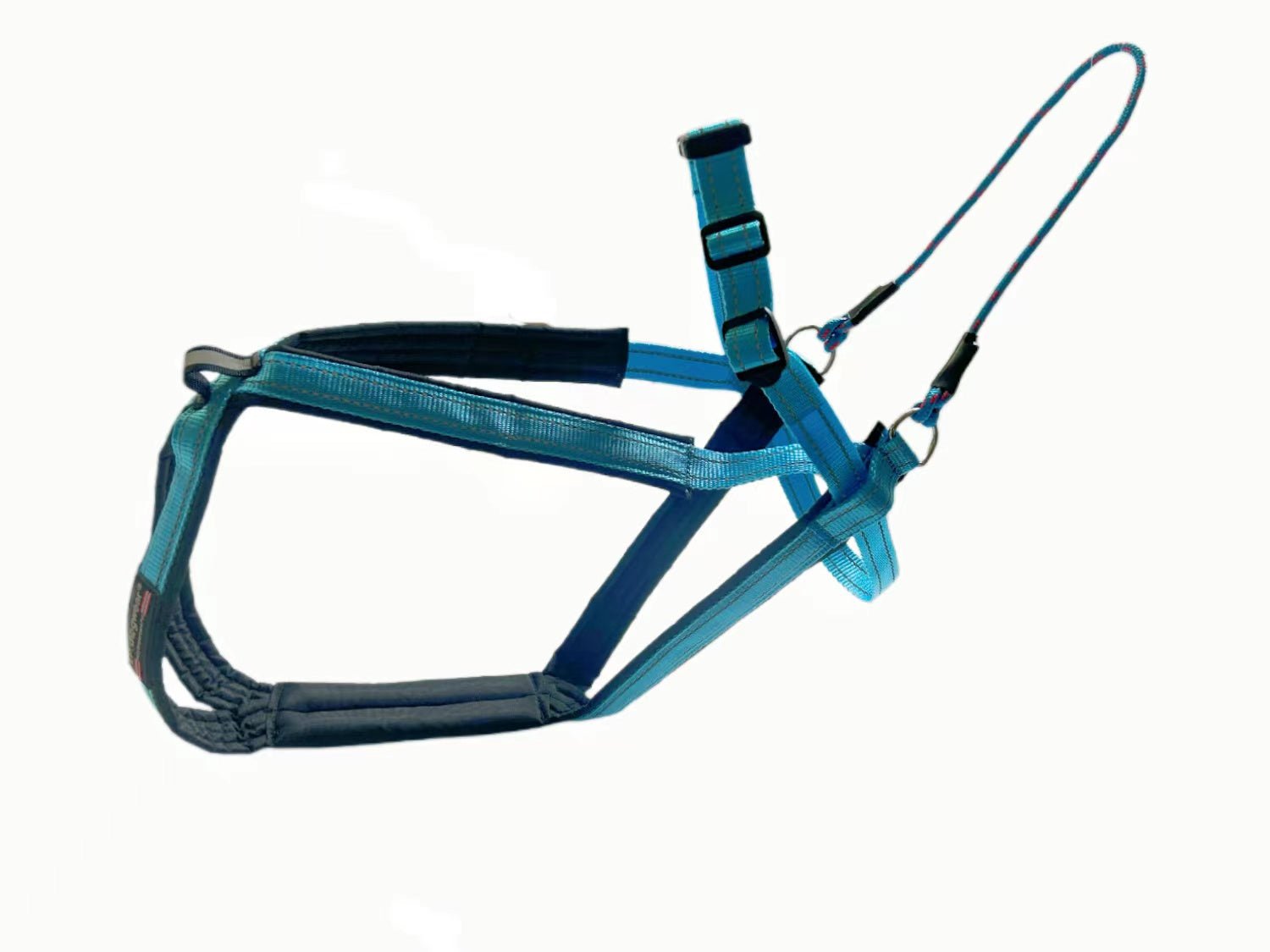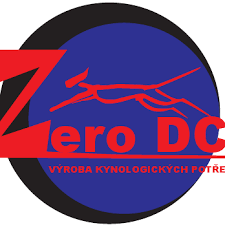At Snowpaw Store, we have searched the globe for manufacturers of some of the highest quality equipment for working sled dogs. This equipment is used by professional mushers around the globe from Polar explorers to Iditarod Champions and is second to none in quality and workmanship. We aim to offer a wide range of options to meet most budgets, the products can come in a variety of colours and if the colour you require is not there, then ask us as we can often have items custom made to your order.
Click here for details of how to measure your dog.
X-Back Harness
This is the mainstay product of the majority of professional and recreational mushers. Most commonly seen on pictures of sled dogs around the globe, this harness is the traditional style of capturing a dogs pulling power. It is important the harness fits snugly but not tightly around the neck and extends along the back stopping just short of the tail. As well as sledding and dryland mushing, this harness can be used for skijoring, bikejoring, cani-cross and scootering. The X-back harness when used correctly captures the complete power of the dog from the shoulders through to the back legs. A variation of the standard X-back Harness is the Weightpull or Freighting Harness; this is a longer harness and incorporates a spreader bar at the back which sits just behind the dogs back legs, reducing unnecessary pressure on the hips when the dog is pulling a heavy load.
Shoulder Harness
This style of harness connects around the shoulders of the dog with the hitching point just below the shoulder blades. The Shoulder Harness has the advantage of allowing all the power generated at the shoulders to be harnessed directly, which is particularly useful when the hitching point is not directly in line with the dogs topline, such as with cani-cross, skijoring and bikejoring. If the connection point is significantly higher than the dogs topline, then the use of an X-back harness can cause the dogs back legs to be lifted slightly reducing the power. Some long distance mushers in the Iditarod have also cited shoulder harnesses put less stress on the lower back and hips of the dog.
Walking Harness / Tracking Harness
For dogs that have a habit of pulling and love to sniff, using a walking / tracking harness can have a real benefit. The harness style is in essence the same as the shoulder harness and allows the dog to lean forward without putting unnecessary pressure on the neck muscles and joints. There is a wide variation in the available styles of walking harness from the working shoulder harness through to the adjustable padded harness, which is an ideal harness for shorthaired breeds with sensitive skin such as the greyhound.
Walking Belts / Mushing Belts
Hands free dog walking has never been easier than with a dog walking belt. Originally designed for the musher to clip themselves to the sled, they are able to withstand extremely hard wear and lunging when used correctly. Many Nordic breeds can never be let off the lead due to their erratic recall; other dogs may need to be kept on the lead during long walks where there is livestock etc. The dogs leads can be clipped to the belt leaving the hands free to help control or keep balance on difficult terrain, ideal for trekking and day to day walking with your dog. These belts are also popular for cani-cross for those who do not like to use leg loops.
Skijoring Belts / Cani-cross Belts
Initially designed for skijoring, (cross country skiing while being pulled by a dog or two) Canicross belts have leg loops to prevent the belt riding up while on the move; Essentially the same in base design as the walking belt, they clip around the waist in the same manner but have leg loops which connect around the thighs.
Bungee lines / Shock Absorbers
With any dog being harnessed to pull, it is essential to have a form of shock absorbency to reduce the risk of injury when the dog pulls hard. The type of shock absorber required depends upon the activity and the strength of the dogs involved. A team of dogs pulling a sled or dryland rig will need a more powerful shock than a canicross runner. Types of shock absorbers range from a shockline used for scootering or mushing, to a canicross bungee or a bungee dog lead for walking or running with a single dog.
Tuglines
A tug line usually attached to the back of the harness to the shockline. This is available as a Single Tugline or a Double Tugline.
Necklines
Neckline is attached to the dog collar and is used to keep the dogs running in tandem. The lead dogs will usually be attached to each other, whereas any wheel dogs will be attached to the centre line.
Gangline
Also known as Towlines, Centrelines Central towline
Our ganglines are supplied as gangline sections which make it easy to alter your dog team set up, or to replace damaged lines on the trail. The following set ups are for guidance only.
For one dog:
Shockline, Single Tugline, Carabiner
For two dogs:
Shockline, Neckline, Double Lead Tugline, Carabiner
For three dogs:
Shockline, Standard Gangline Section, Necklines, Single Tugline, Carabiner (Please Note: This comes setup for a single lead dog.
For four dogs:
Shockline, Standard Gangline Section, Double Lead Tugline, Necklines, Carabiner
For five dogs:
Shockline, Standard Gangline Section x 2, Single Tugline, Necklines, Carabiner
For six dogs:
Shockline, Standard Gangline Section x 2, Double Lead Tugline, Necklines, Carabiner

Example of a 6 Dog Set Up
Dog Booties
Dog booties can be worn to protect your dogs feet whilst running. There are various different types of booties available of different materials and thickness. Types of surfaces that you may wish booties to be worn on include gravel, tarmac, stony ground, snow and ice.
Scooter
There are a variety of different types of dog scooter on the market currently. Scooters are unmotorised and most have mountain bike type tyres, ranging from 16" to 26". The scooters have a large footplate to balance, stand upon and kick off from, and usually have a front and rear brake.
You may find some models only have a rear brake, and other models are now incorporating front shocks to absorb the bumps when riding over rough terrain. Most scooters allow the gangline to be connected around the head stock of the scooter, but there are some varieties of scooter which have introduced a brushbow attachment, which cover the front wheel. This protects the dogs from the wheel and also allows the gangline to be connected in a direct line to the rear of the harness.
If you have any queries about the type of equipment you need, please do not hesitate to email us at info@snowpawstore.com, and we will be happy to help.

